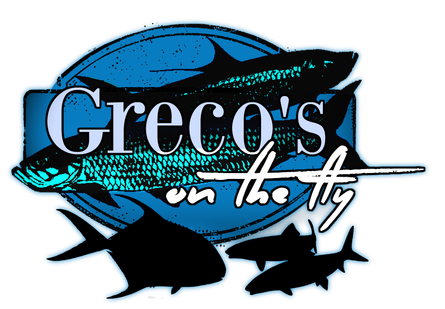Tarpon, bonefish, and permit are abundant and eager to please with half the boats and anglers in the way. If you are looking for a great summer fishing vacation come on down to South Florida and enjoy some of the best fishing we have to offer.
|
I still have some dates available in July and August. Summer is my favorite time here in the Florida Keys. Summer time offers up some of the best SLAM fishing opportunities of the year. Tarpon, bonefish, and permit are abundant and eager to please with half the boats and anglers in the way. If you are looking for a great summer fishing vacation come on down to South Florida and enjoy some of the best fishing we have to offer.
0 Comments
We’ve been having some of the best winter time bonefish fishing I’ve seen in a few years. I’m finding large schools of fish traveling together all over the ocean side flats of the upper Keys and Biscayne Bay.
The cooler winter water temperatures get these south Florida bonefish bunched up in large schools which makes for some very exciting sight fishing opportunities. This winter in South Florida has provided plenty of high winds and clouds along with some good fishing when Mother Nature permits. I’m finding a great number of snook throughout Everglades National Park and Florida Bay along with some redfish. The bonefish fishing has been strong in Key Largo and Biscayne Bay.
I still have some prime dates available in July & August. These are two of my favorite months to fish the Florida Keys with twice the fish and half the boats around. Come on down this summer and enjoy some of the best fishing the Keys has to offer with me. The weather has been challenging the past month but we’ve been able to find some great fishing on the nicer days. Everglades National Park has provided good action for snook, redfish, and black drum. Biscayne Bay and Key Largo have been offering up some good bonefish action on the sunnier days.
I still have summer dates available. Summer in the Keys provides the best all around fishing of the year. Get your July and/or August dates while they are still available. Winter time is a great time in the Florida Keys! I am currently booking for December 2023 and the entirety of 2024. I still have some great dates available to target all the wonderful flats species South Florida has to offer. With average winter air temps in the low 70’s and abundant sunshine make the Florida Keys your winter escape for some fun in the sun! Bonefish, permit, tarpon, snook, & redfish are all obtainable species through out the winter months.
August is for permit here in the Florida Keys. One of my favorite times of year targeting one of the best species that roam the flats of south Florida. If permit are on your target species list book some days in August with me and you’ll have your shots for sure. All summer long permit, bonefish, and tarpon are plentiful. It’s prime time to target a SLAM.
The fishing in the Florida Keys has been great! We have been having good tarpon action on both the backcountry and oceanside of The Keys. Everglades National Park & Florida Bay continue to offer up solid fishing for snook along with a few redfish. I still have a few prime July and August dates available. Come on down and experience some of the finest sight fishing in the country.
The fishing in the Florida Keys and Everglades National Park remains strong. I have been having some great tarpon fishing throughout the Gulf of Mexico and Florida Bay.
The snook have also been plentiful in the backcountry of Islamorada and Key Largo. I still have some availability in July and August. The summer fishing here in South Florida is outstanding. It is an excellent time of year to fish for a SLAM. It’s feeling like an early spring around here in South Florida and I think the fish are feeling the same way. I’ve been having great fishing for all the desired species. Tarpon, permit, bonefish, snook, and redfish all seem to be plentiful and on the hunt.
The backcountry of Florida Bay and Everglades National Park are teeming with big tarpon and some really impressive snook both in quantity and size right now. Coupled with excellent opportunity on the Atlantic Ocean side for permit and bonefish. I am currently still open for some dates in July and August. I can’t emphasize how good the summer fishing is here in the Florida Keys enough! Come on down and experience it for yourself! The winter fishing here in Key Largo and Florida Bay remain strong! I’ve been on some rock solid snook fishing all over Florida Bay and Everglades National Park.
The bonefish fishing in Key Largo and Biscayne Bay has also remained strong providing great fly and light tackle fishing opportunities. The days are getting longer and warmer as we approach spring. I am eagerly anticipating another action packed March full of permit and tarpon! |
CAPT. BRETT
Check back for the latest fishing report by Capt. Brett Greco. ARCHIVES
January 2023
TAGS
All
|
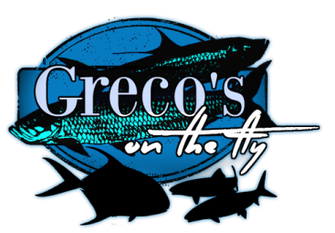
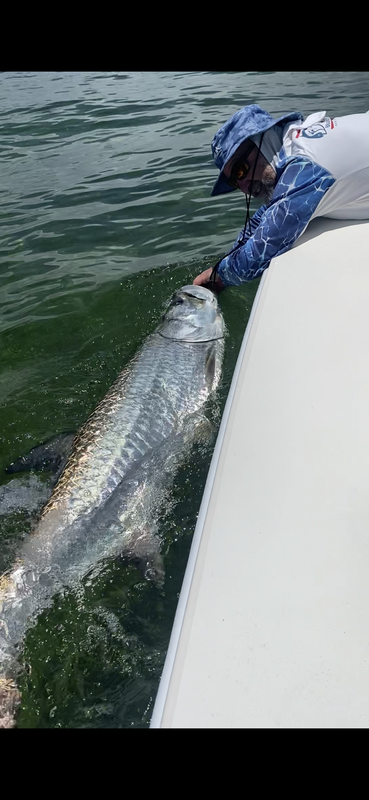
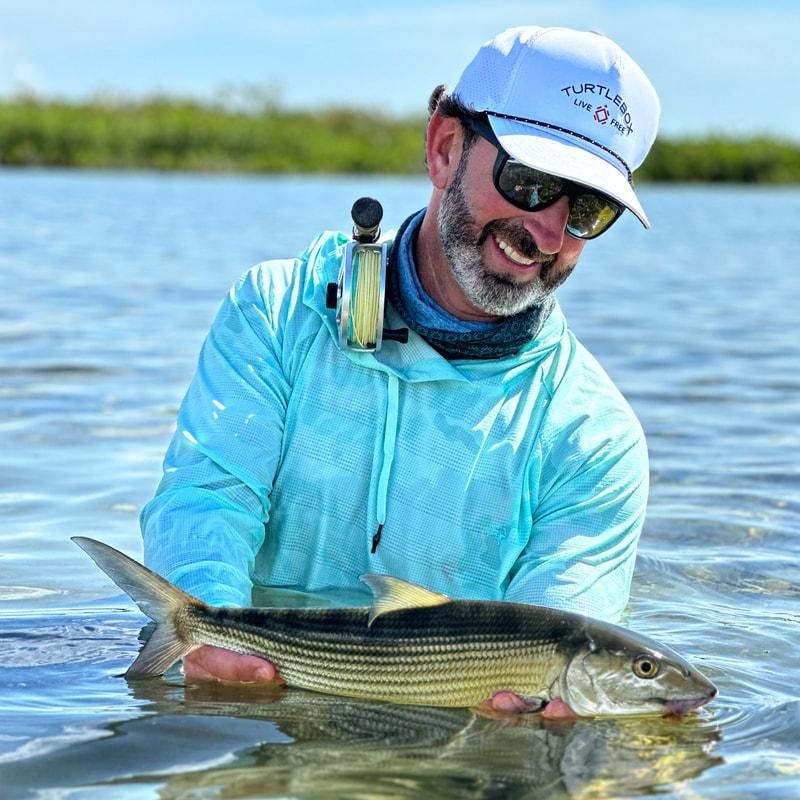
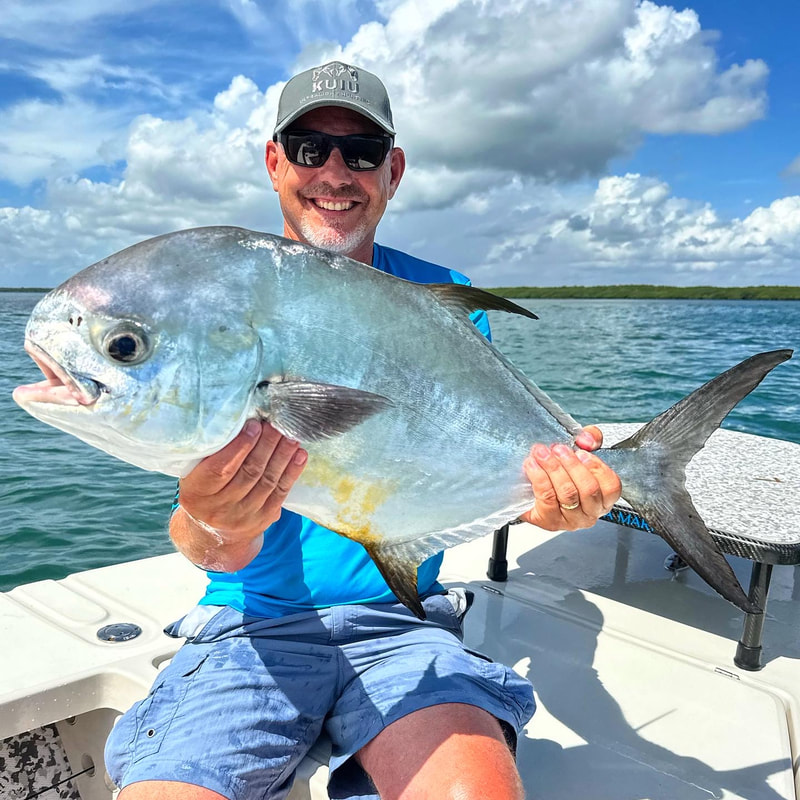
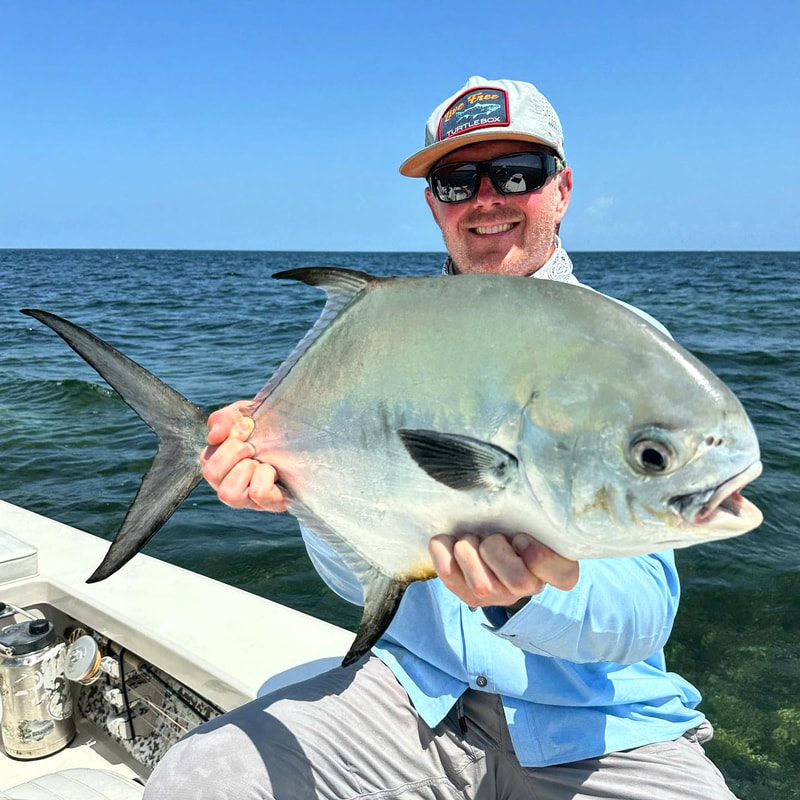
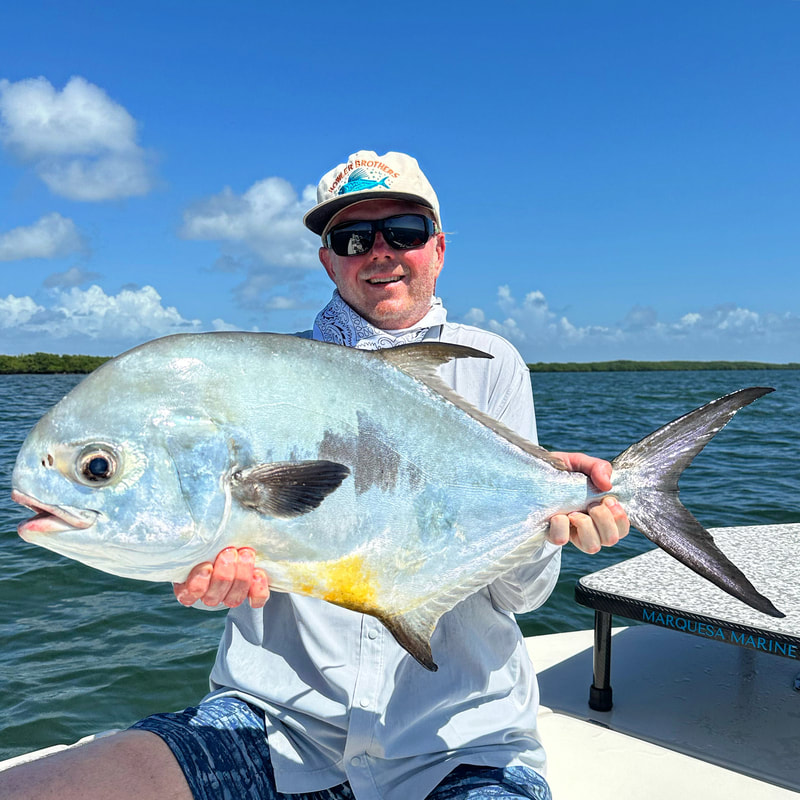
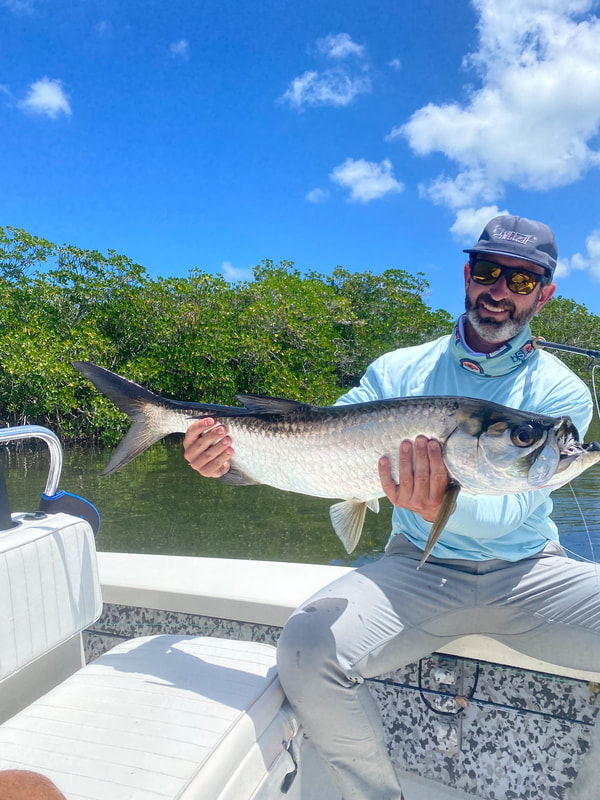
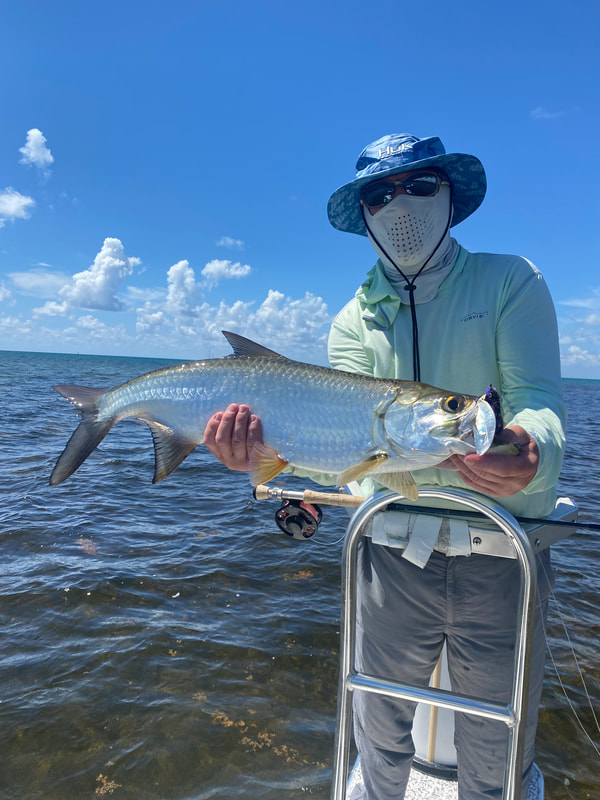
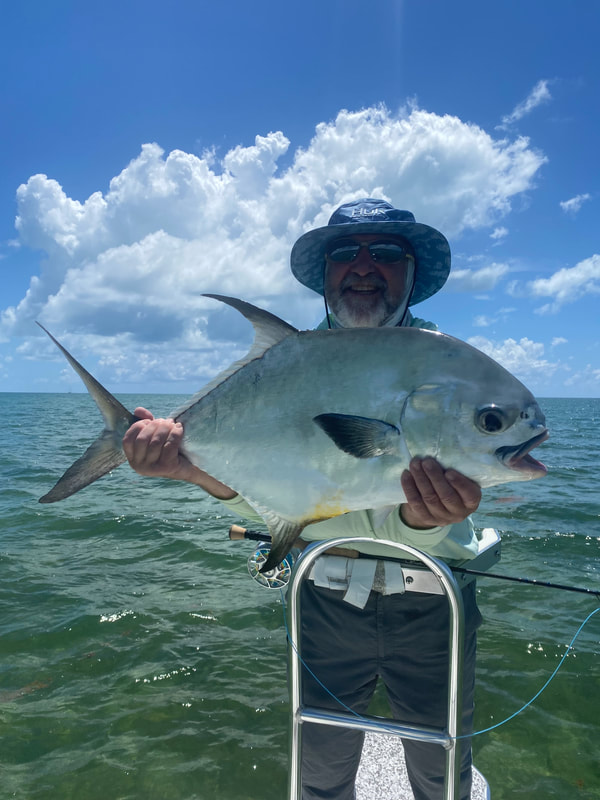
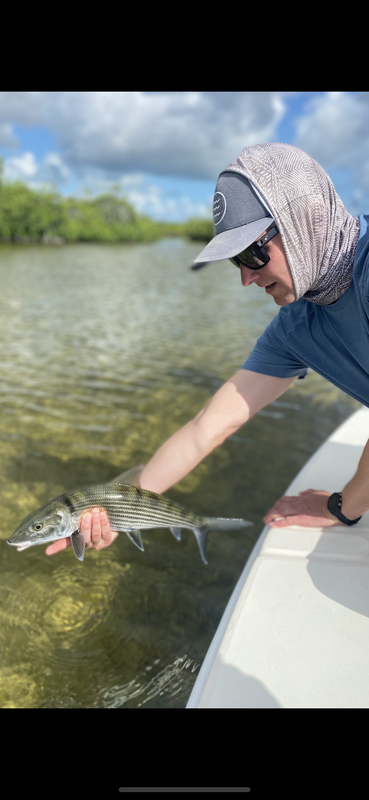

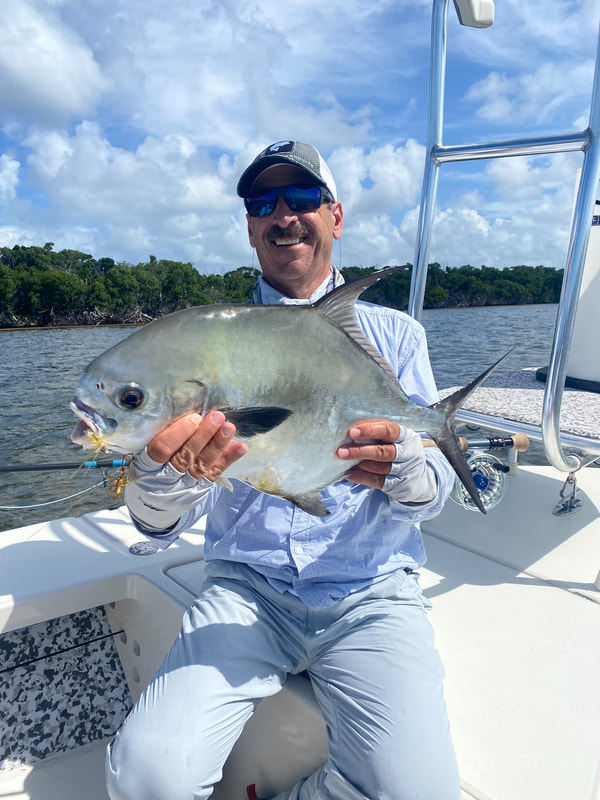
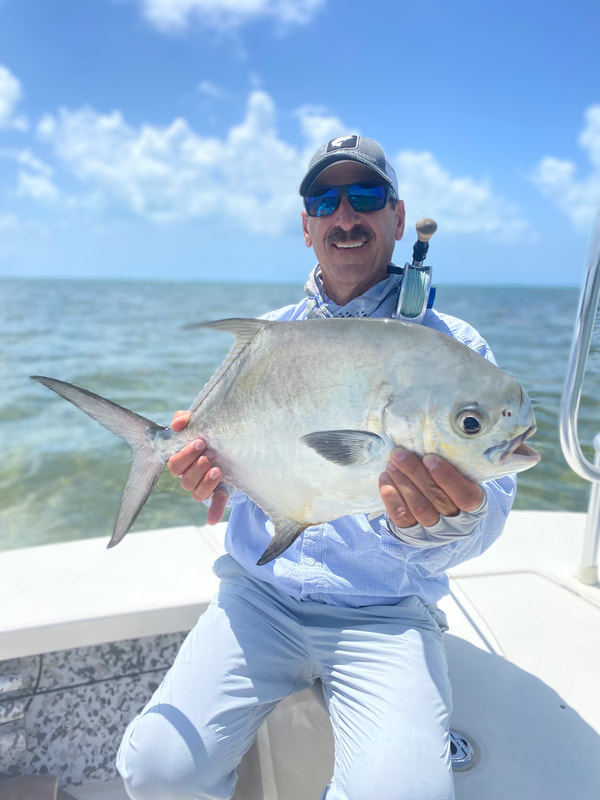


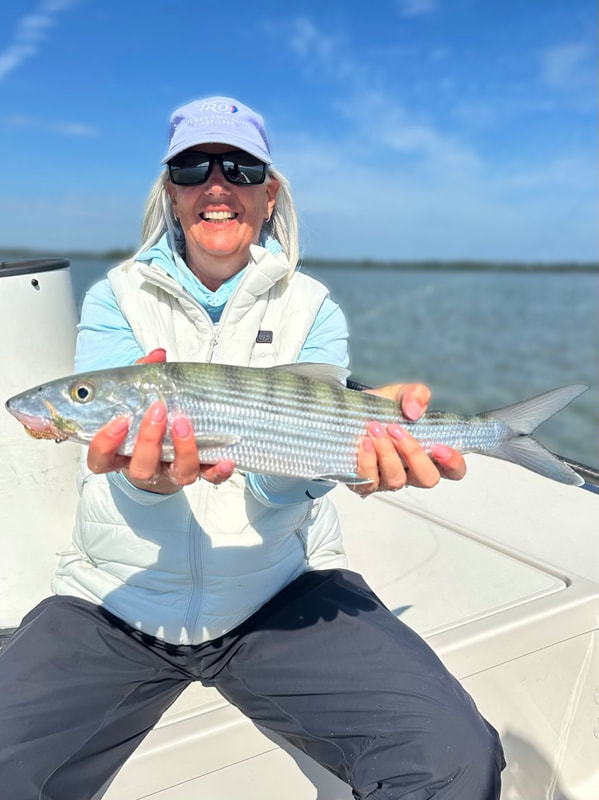
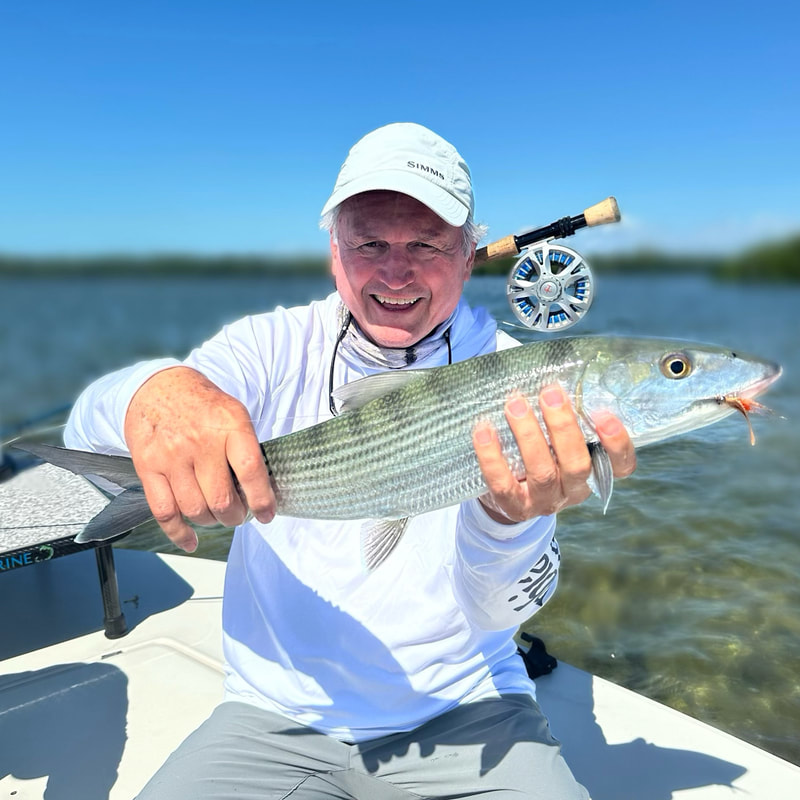
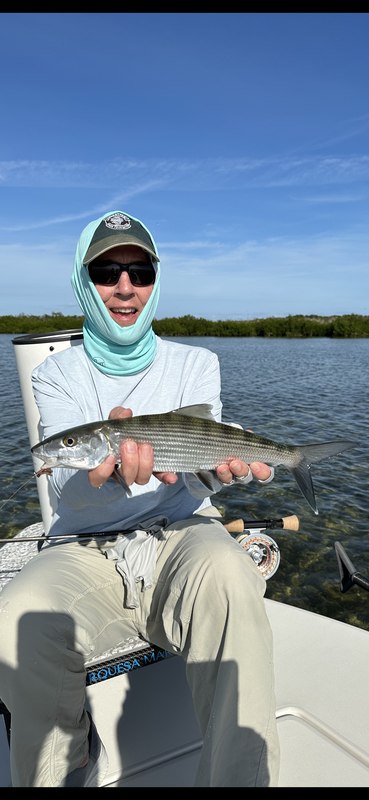
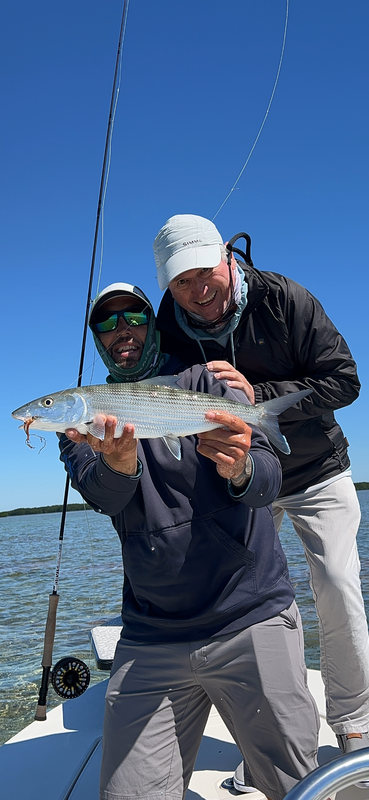
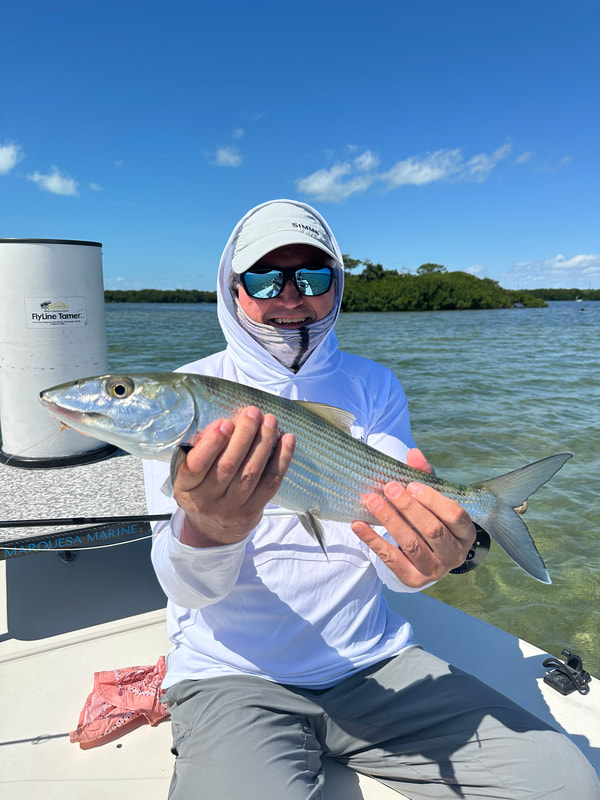
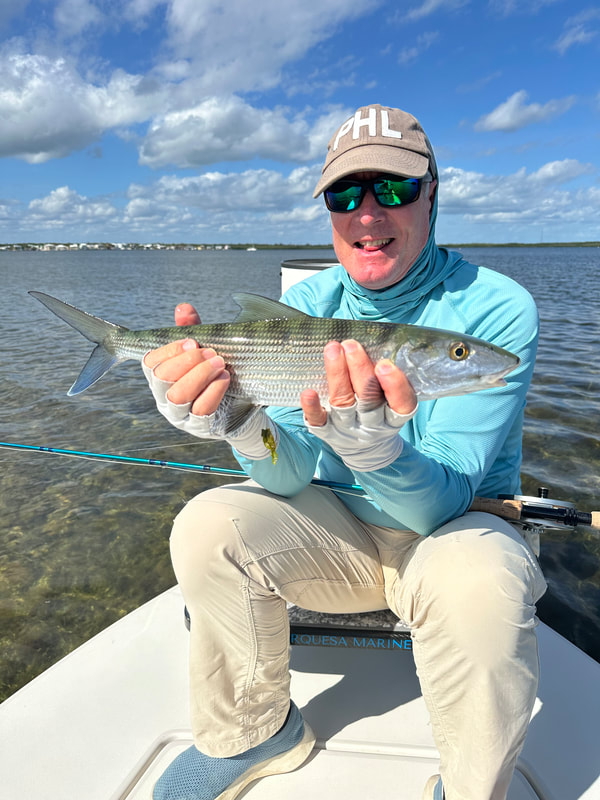
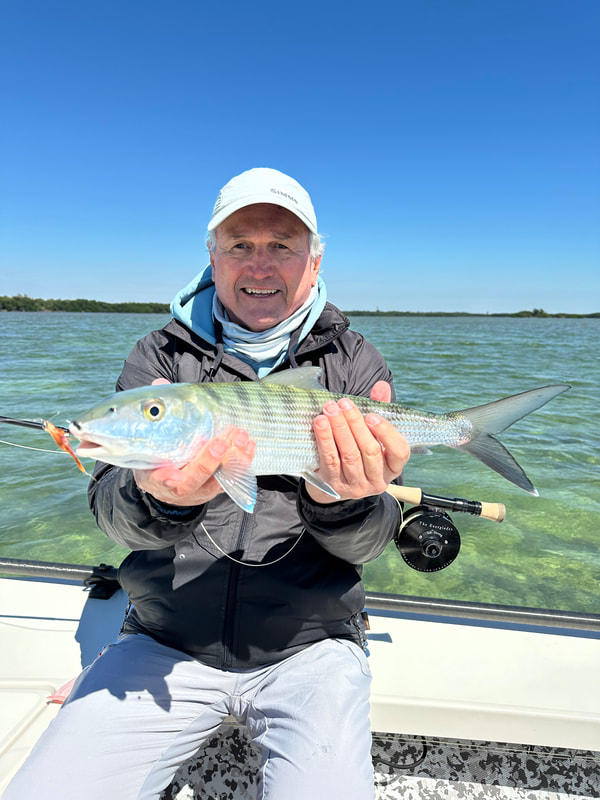
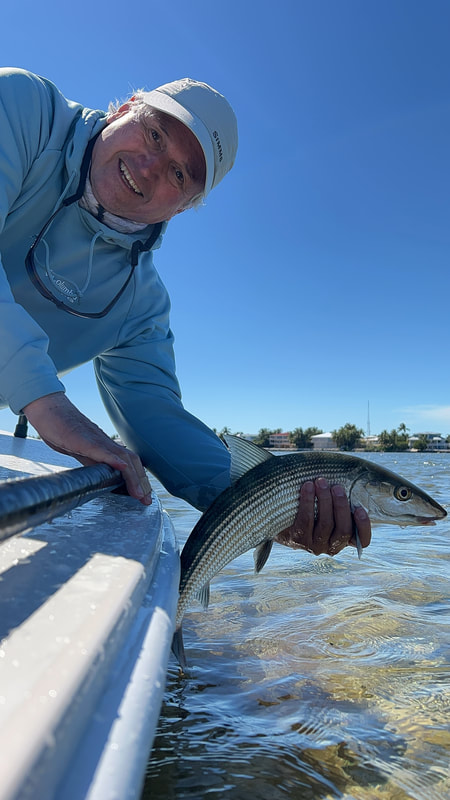
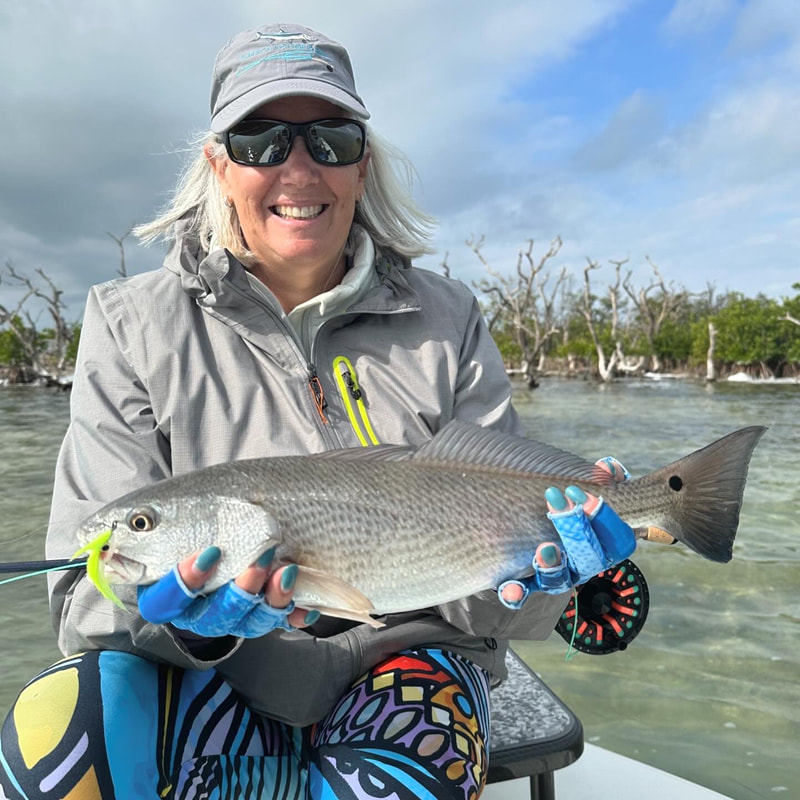
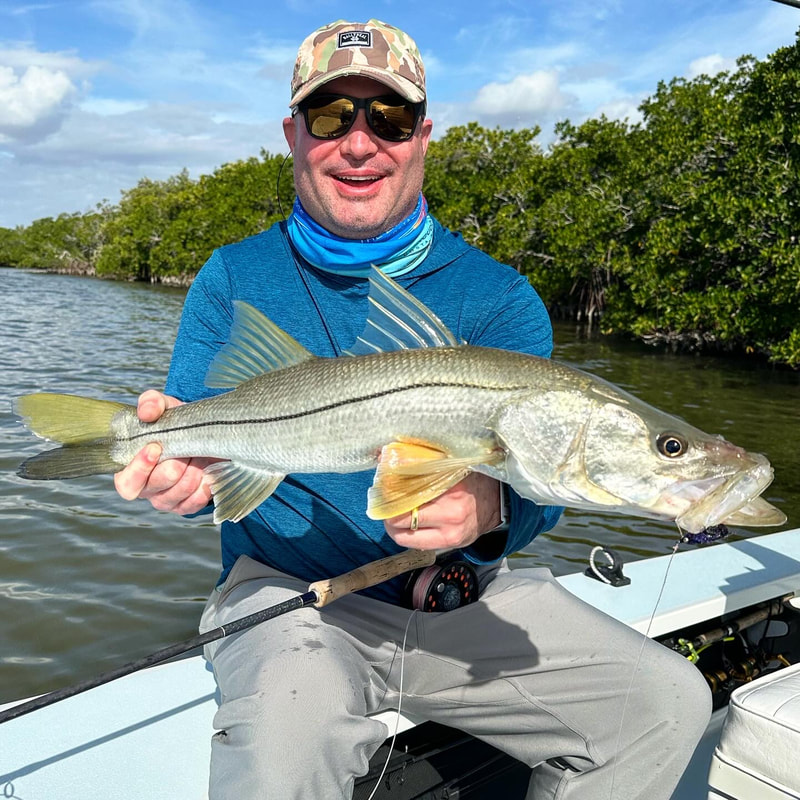
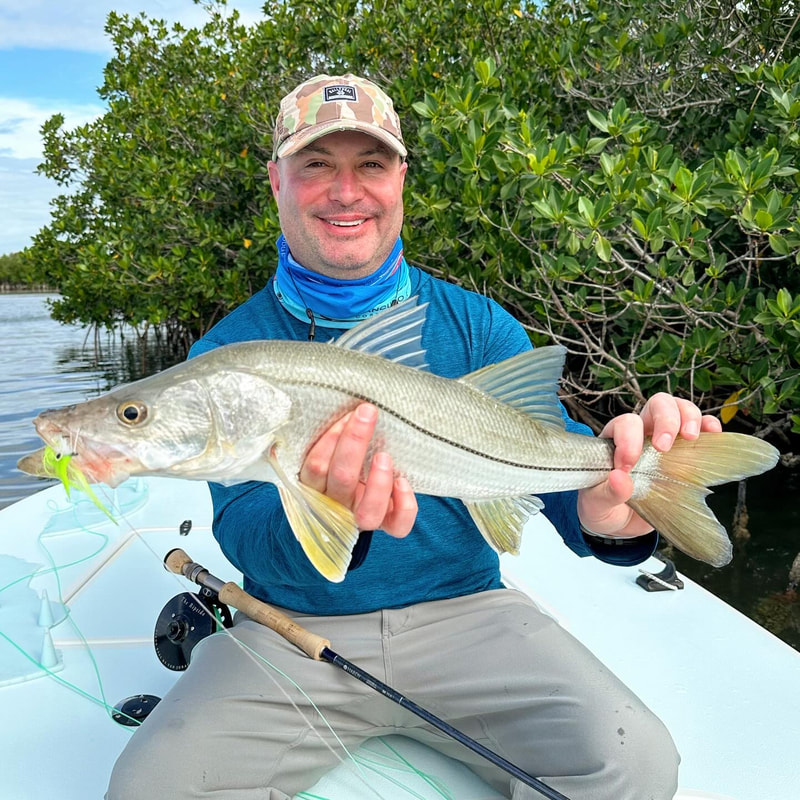
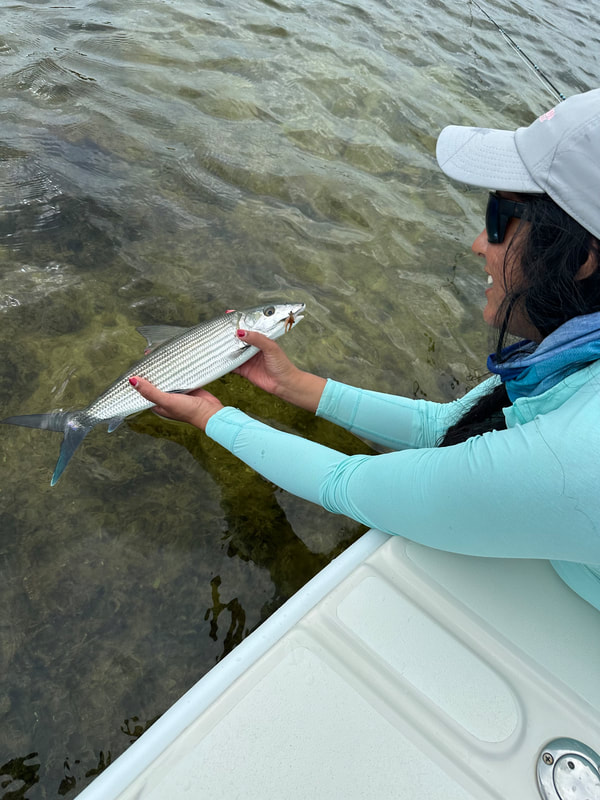
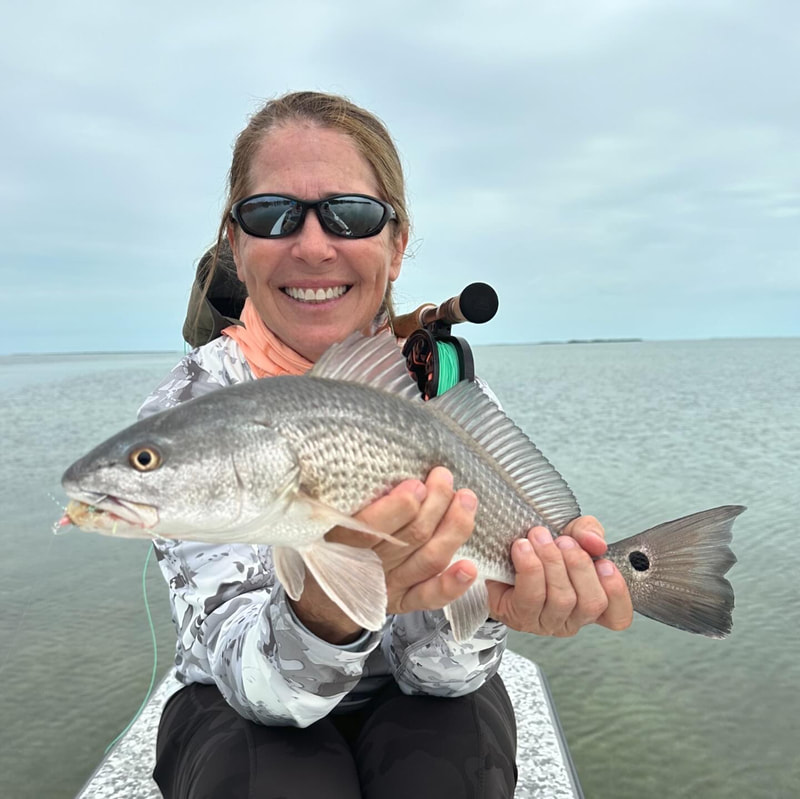
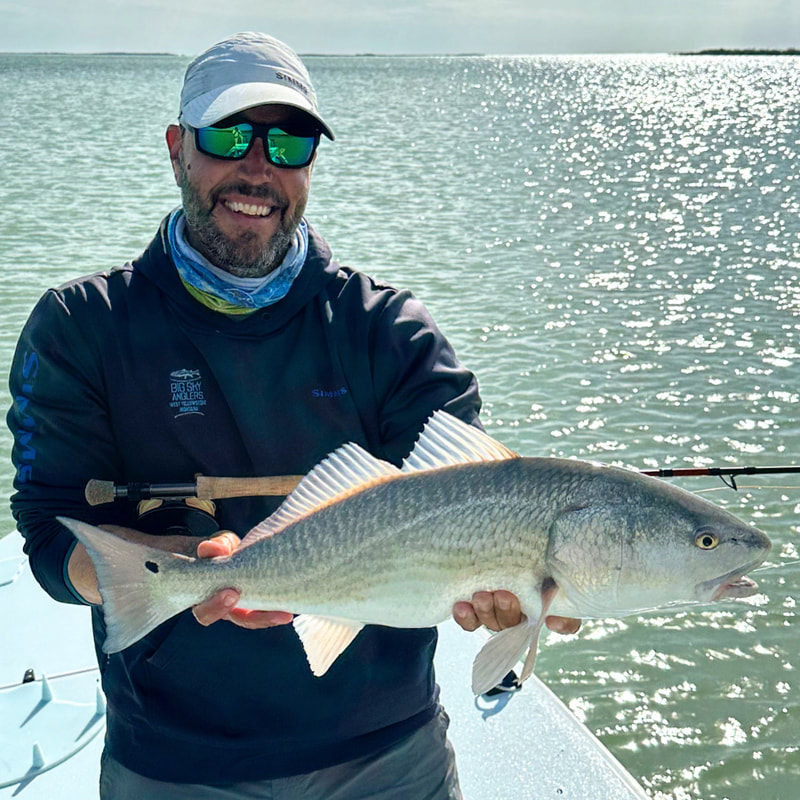
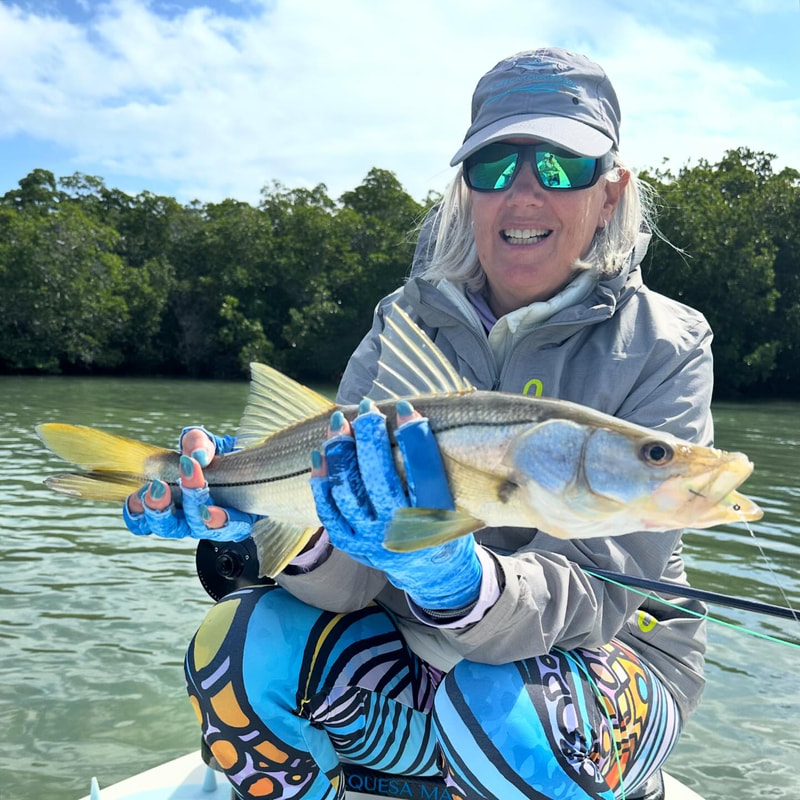

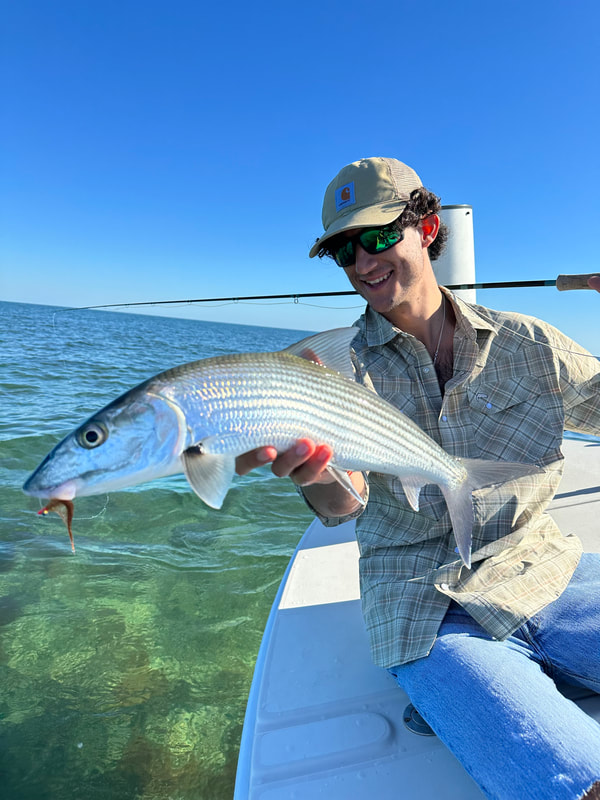
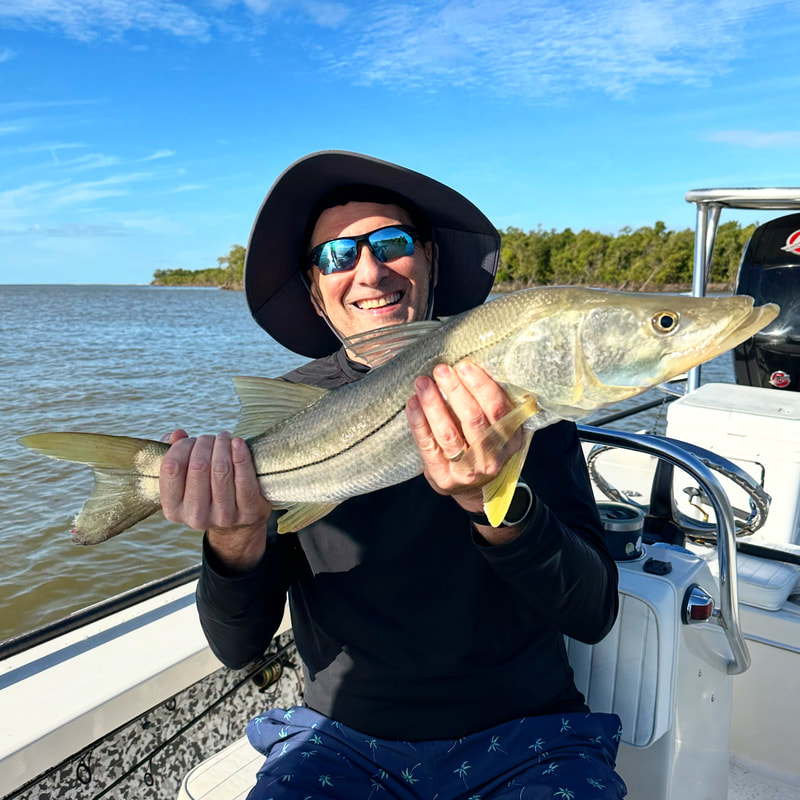
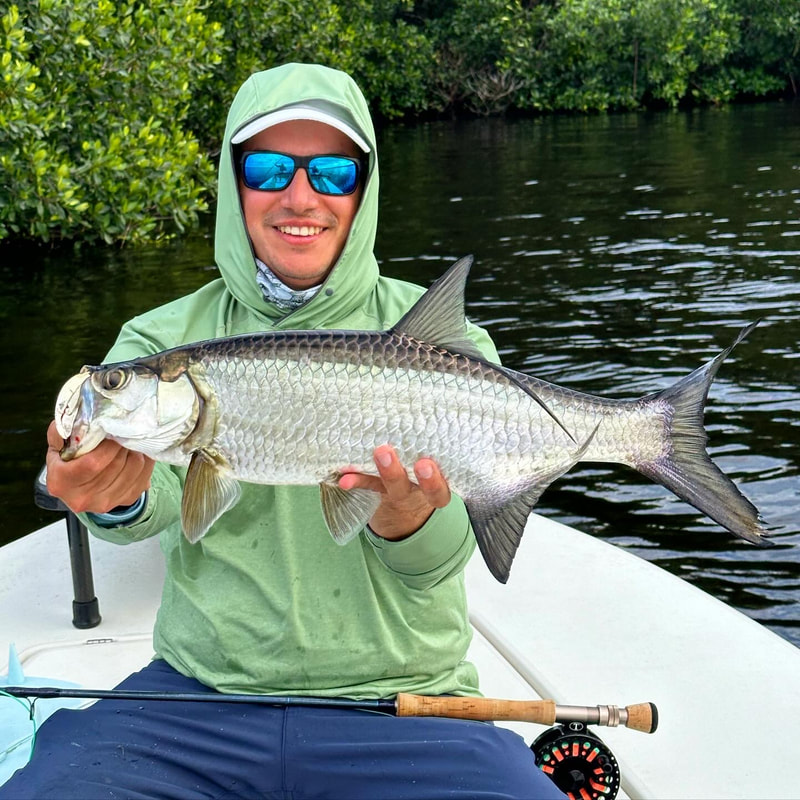

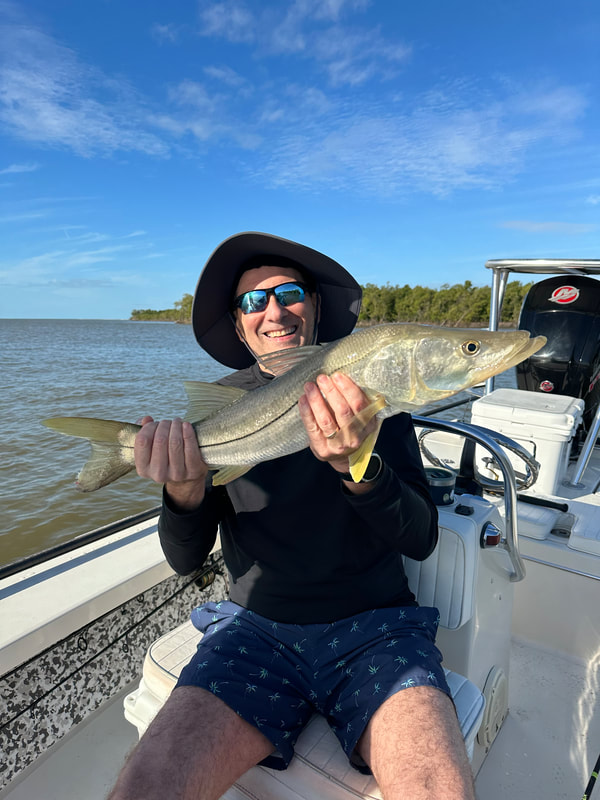

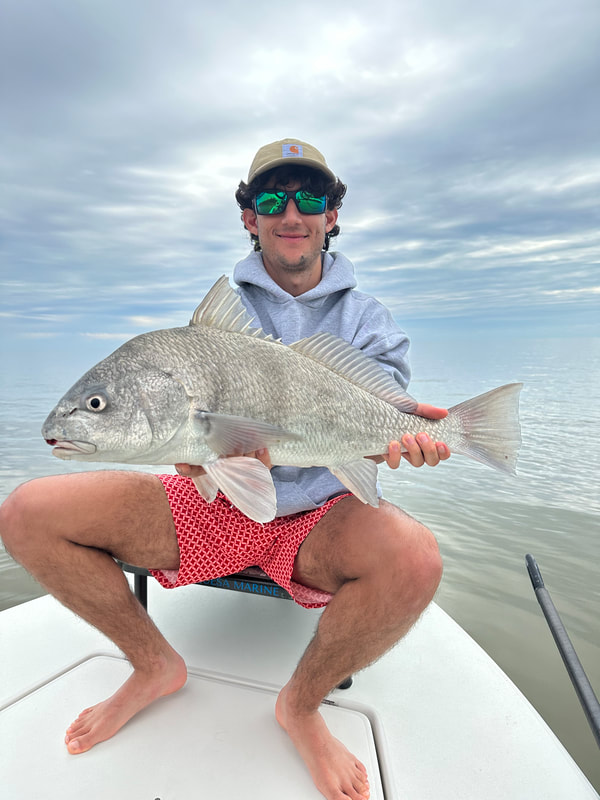
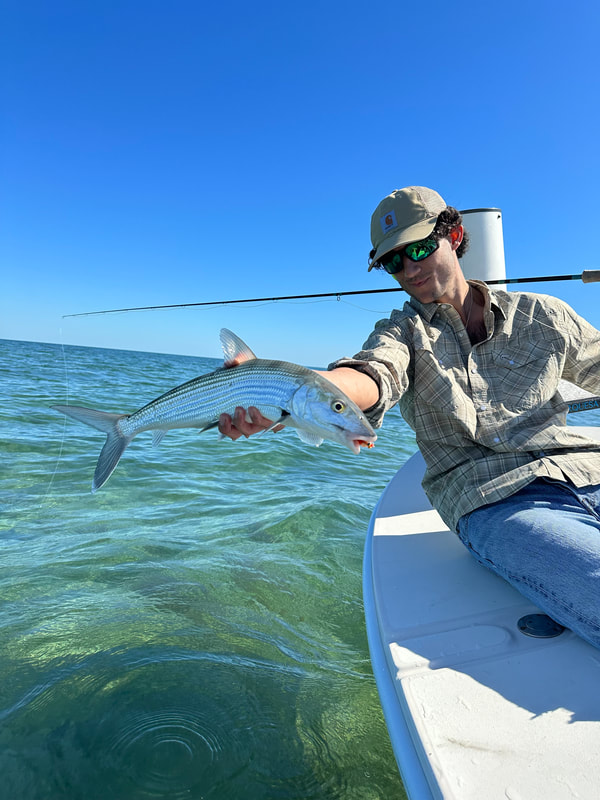
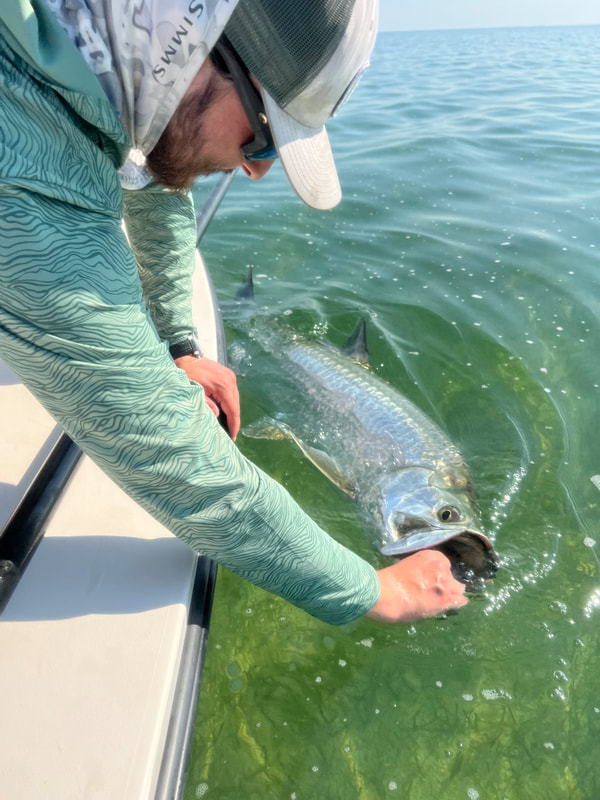
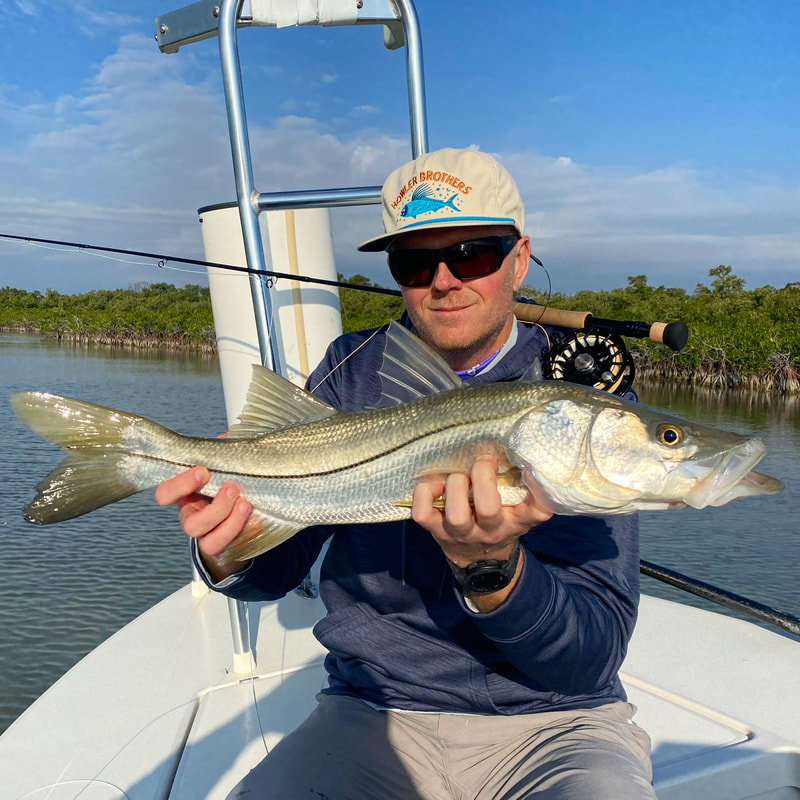
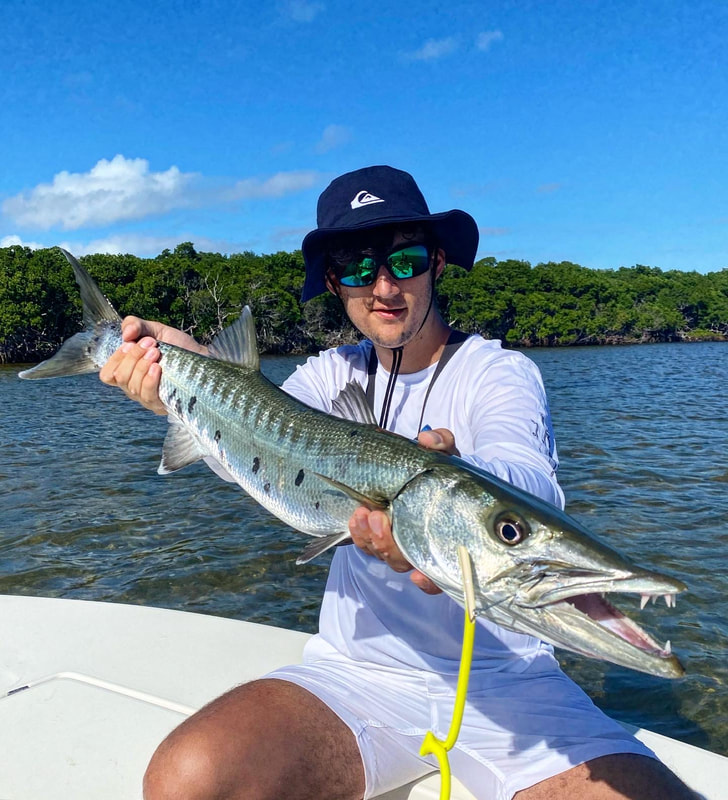
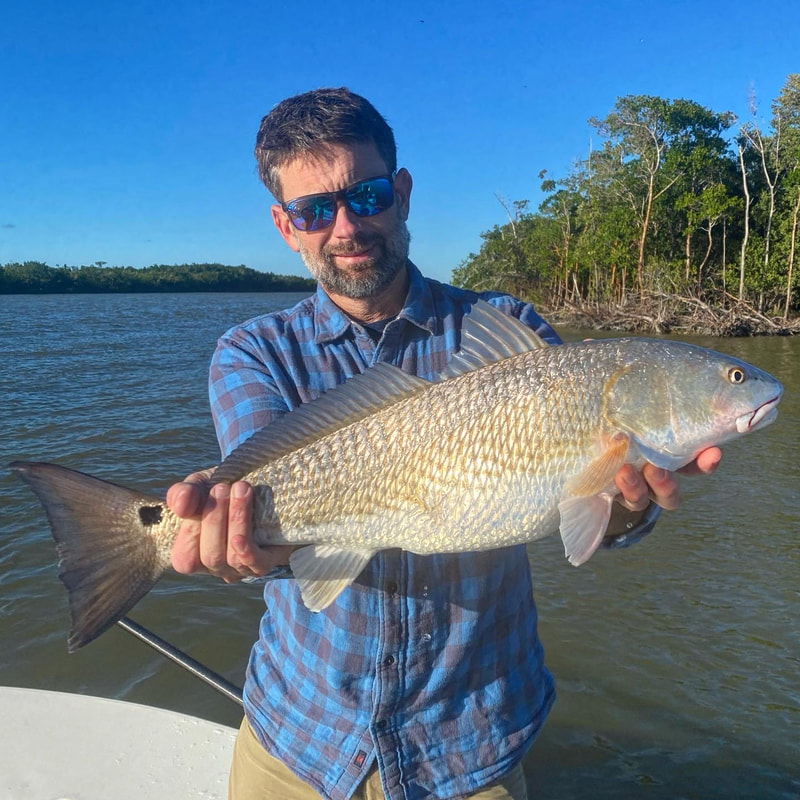
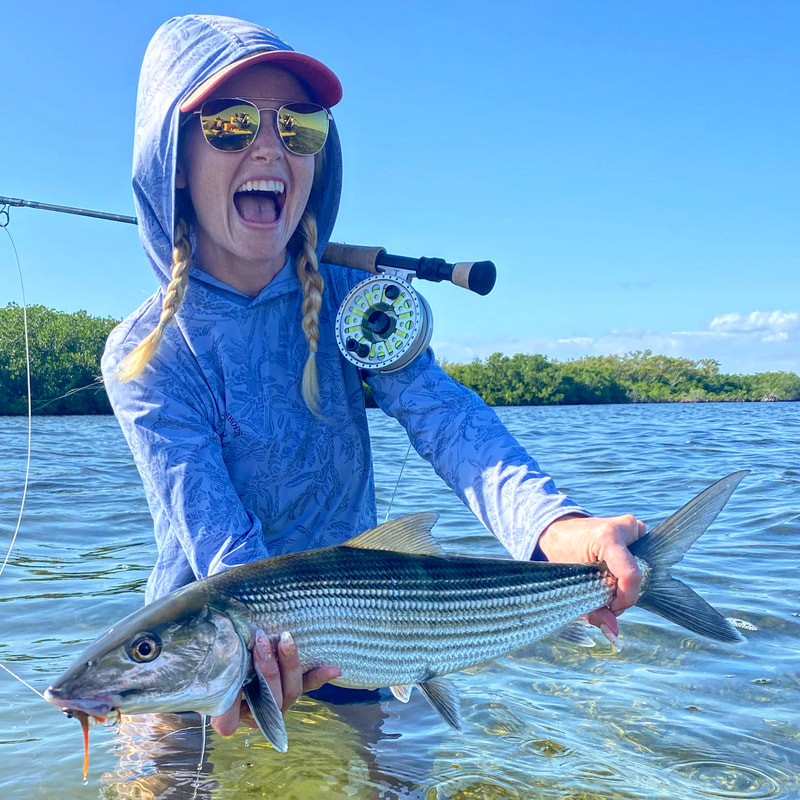
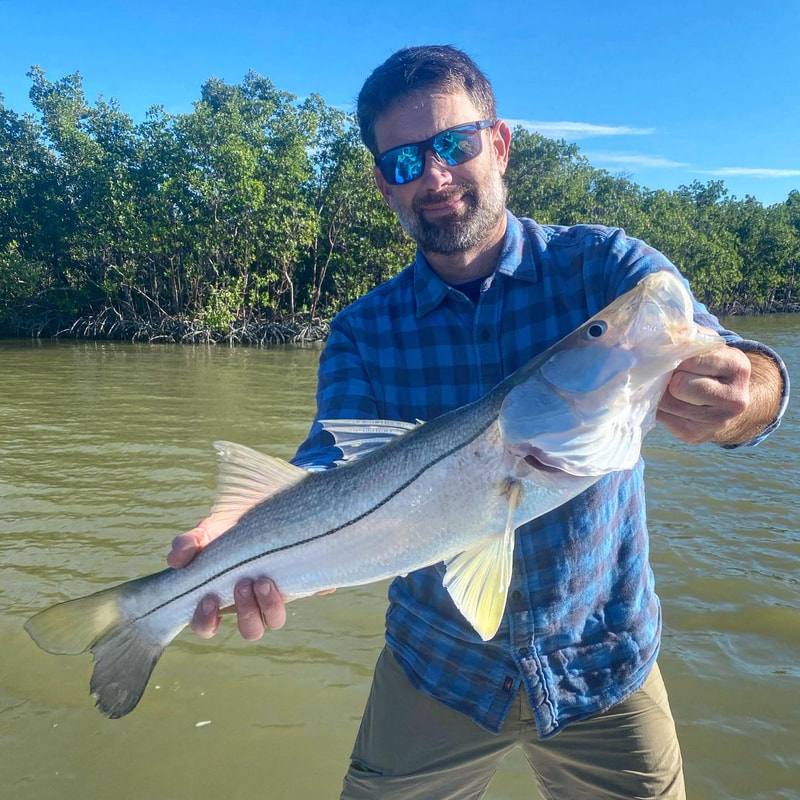
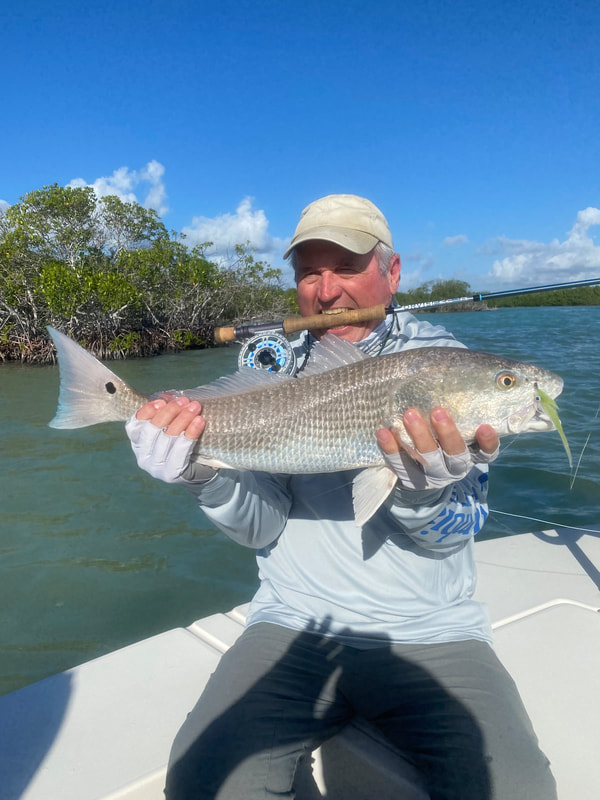
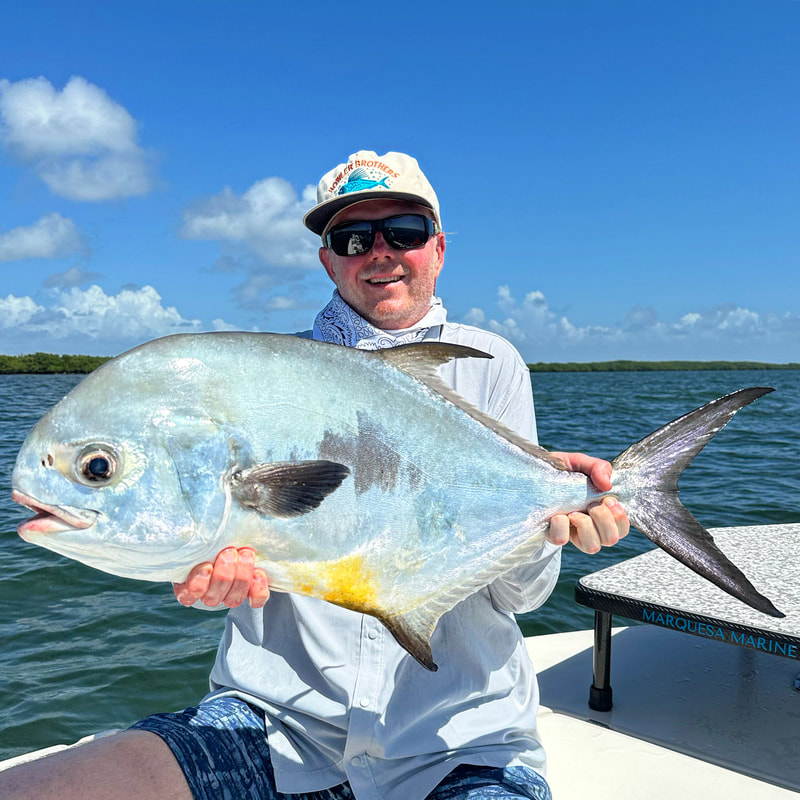
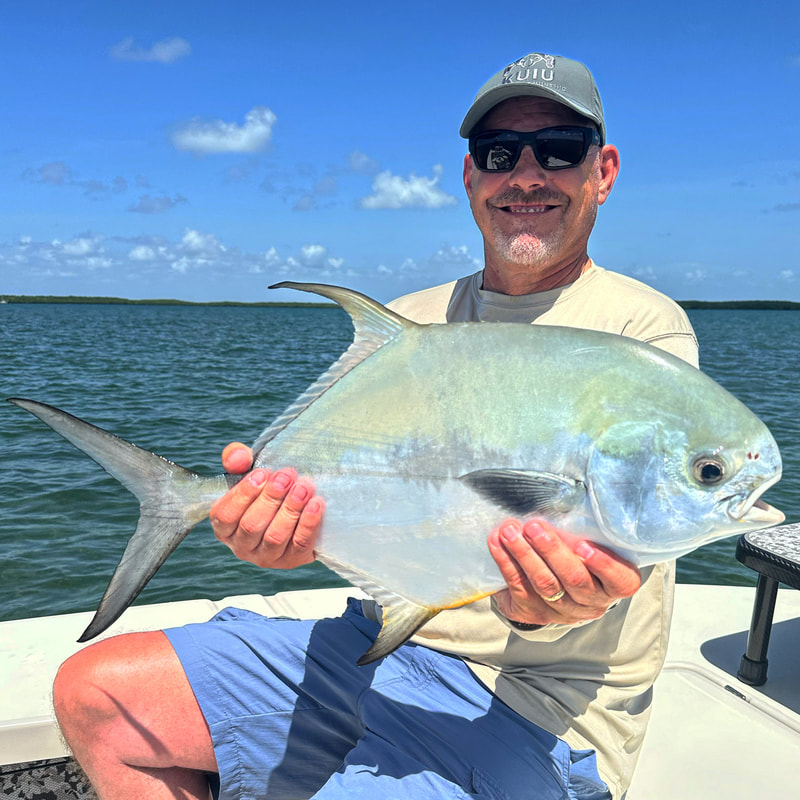
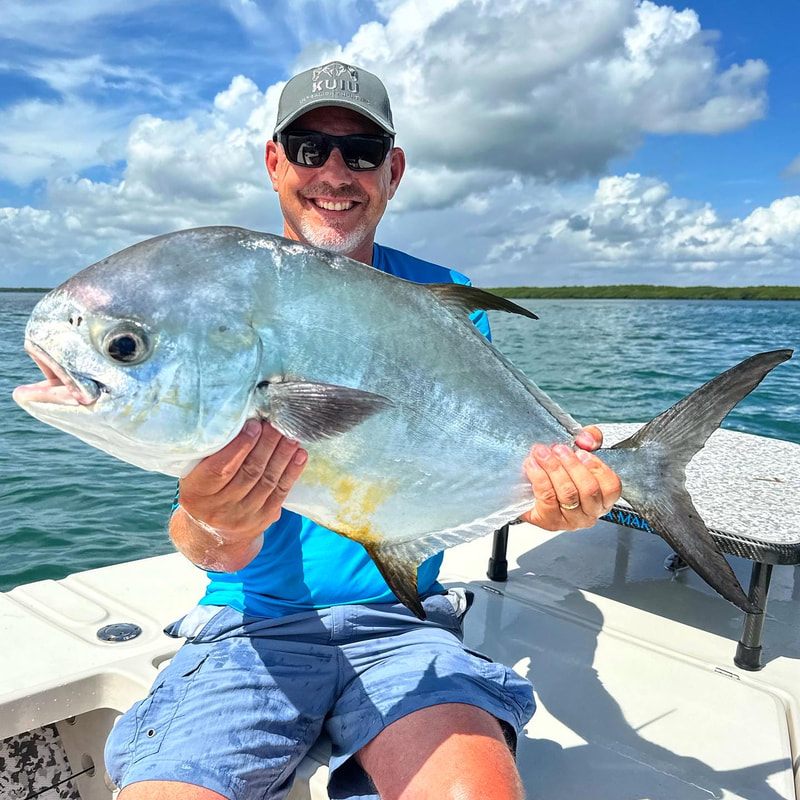


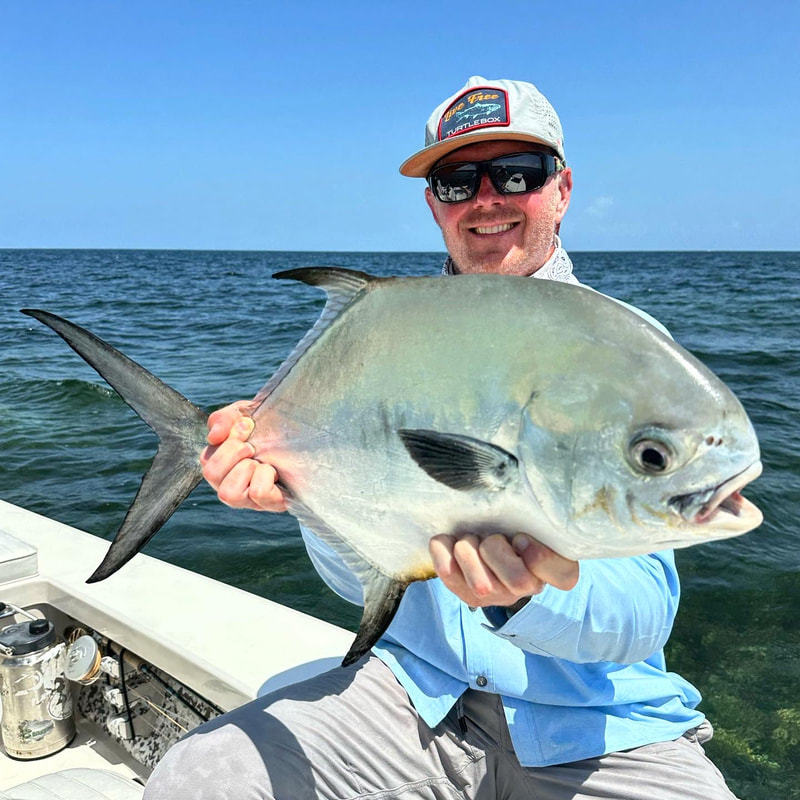
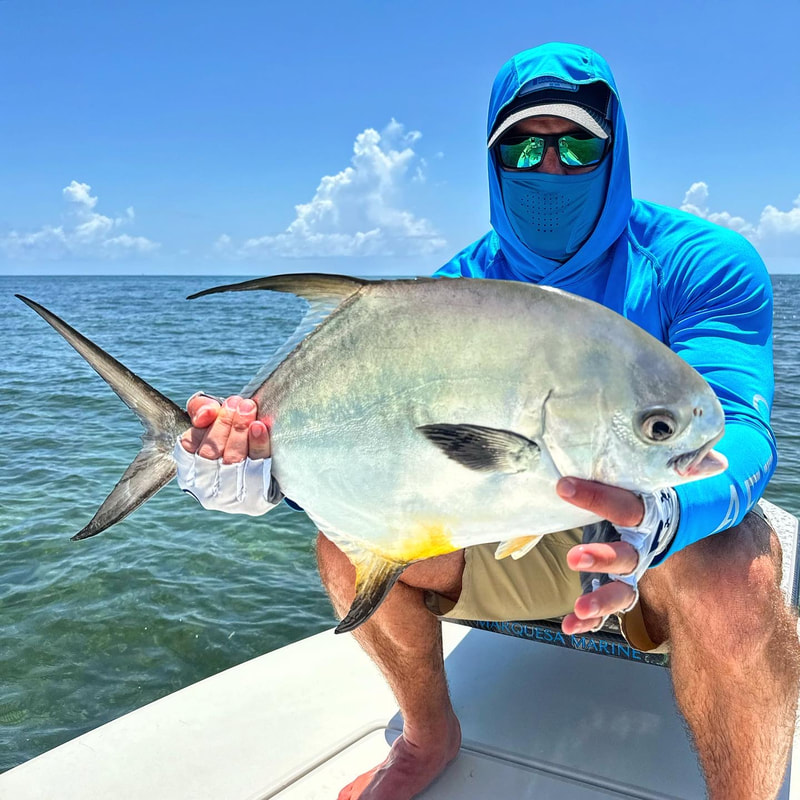
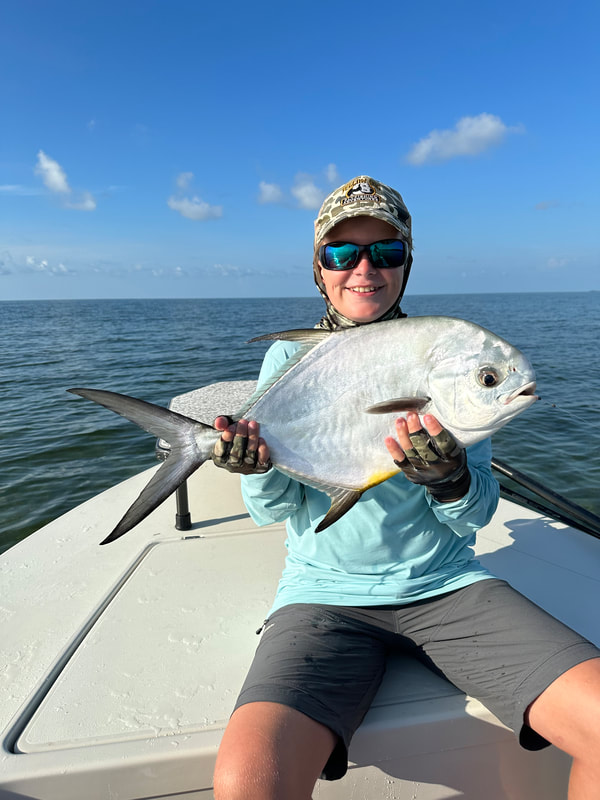
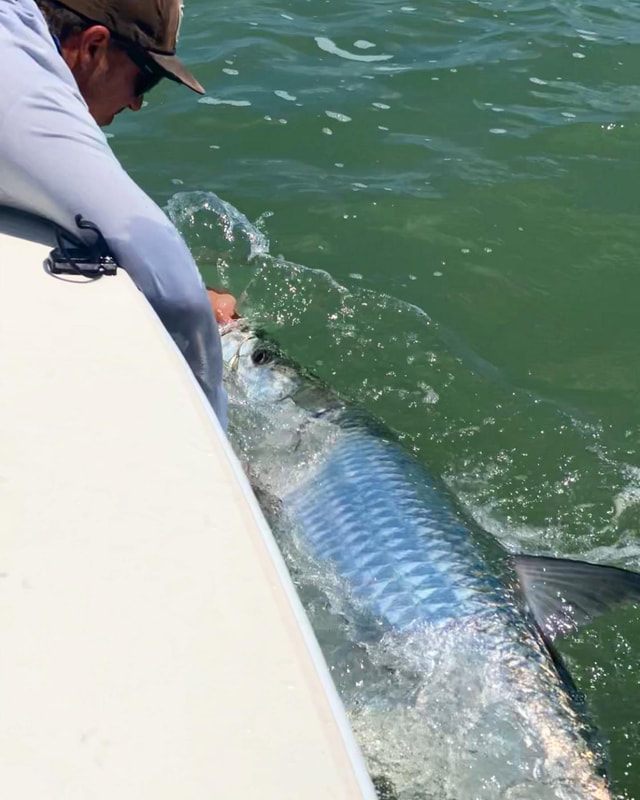
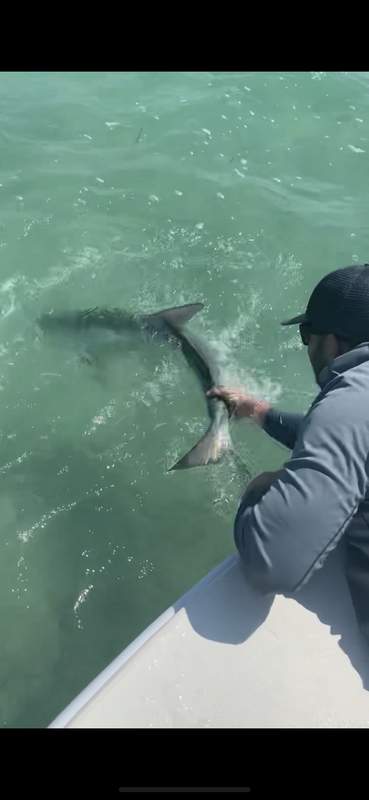
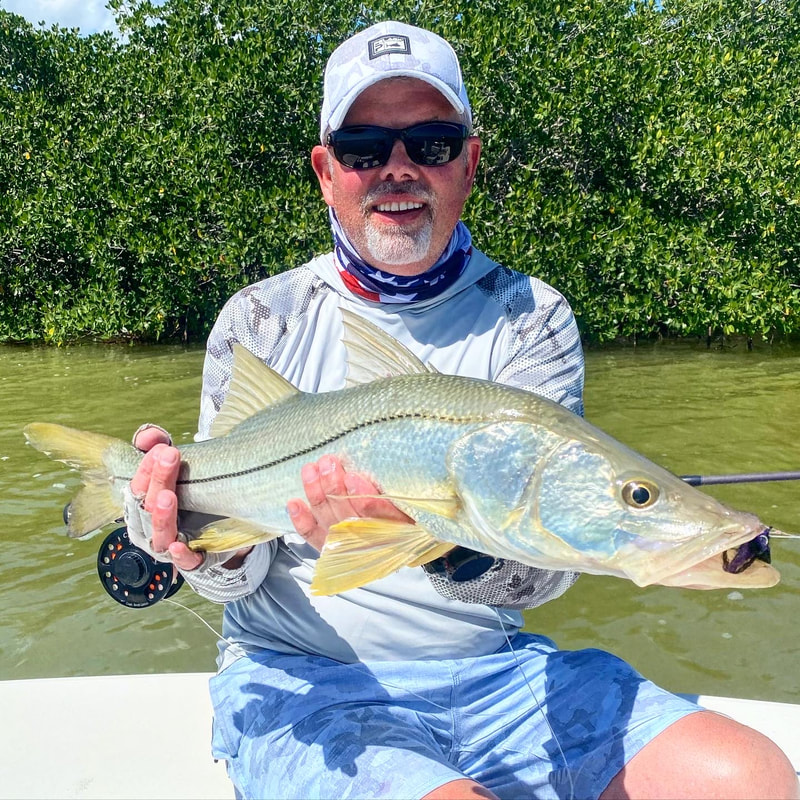

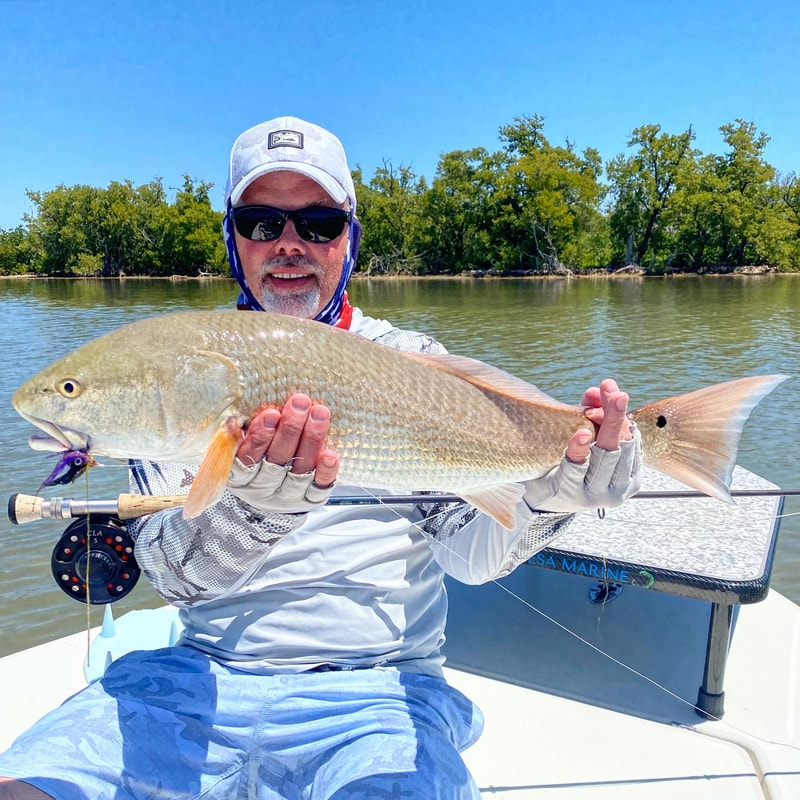
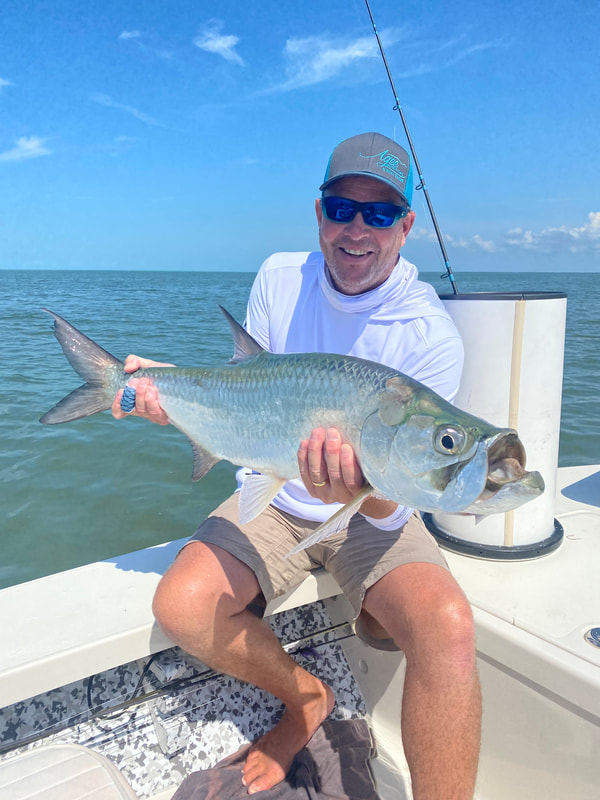
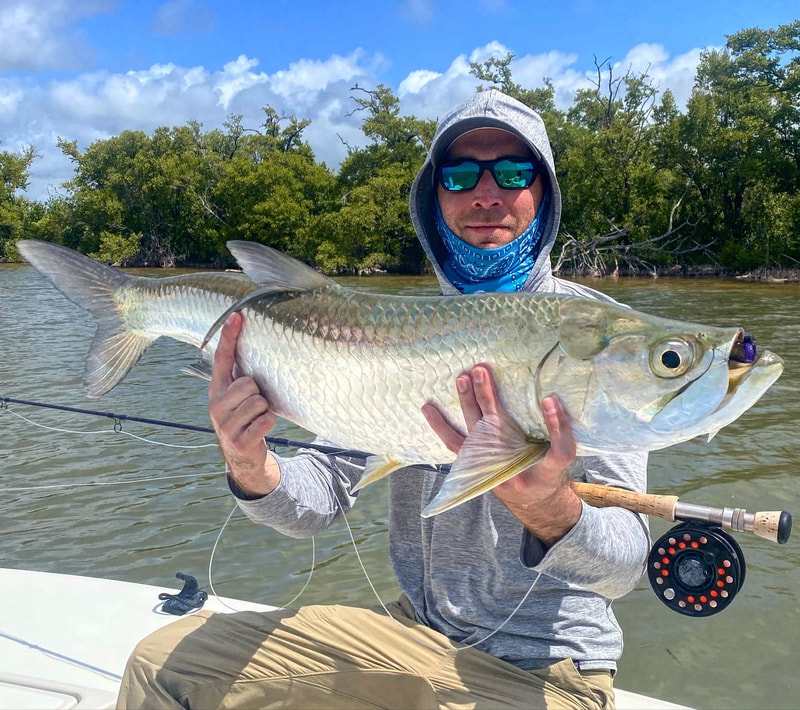
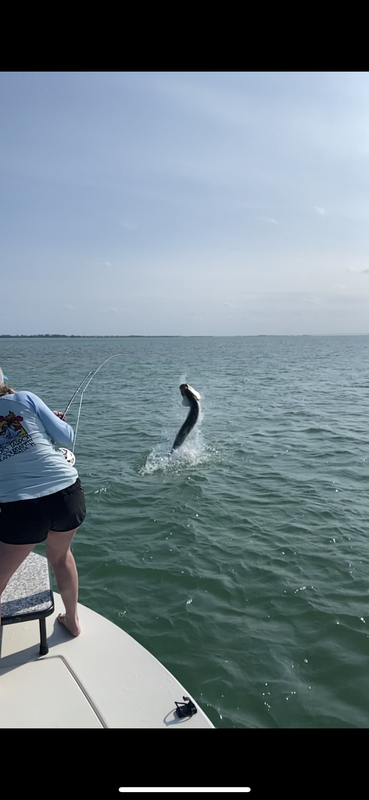
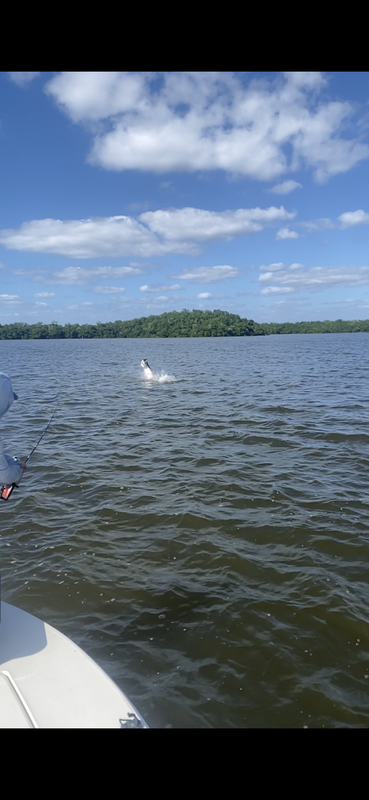
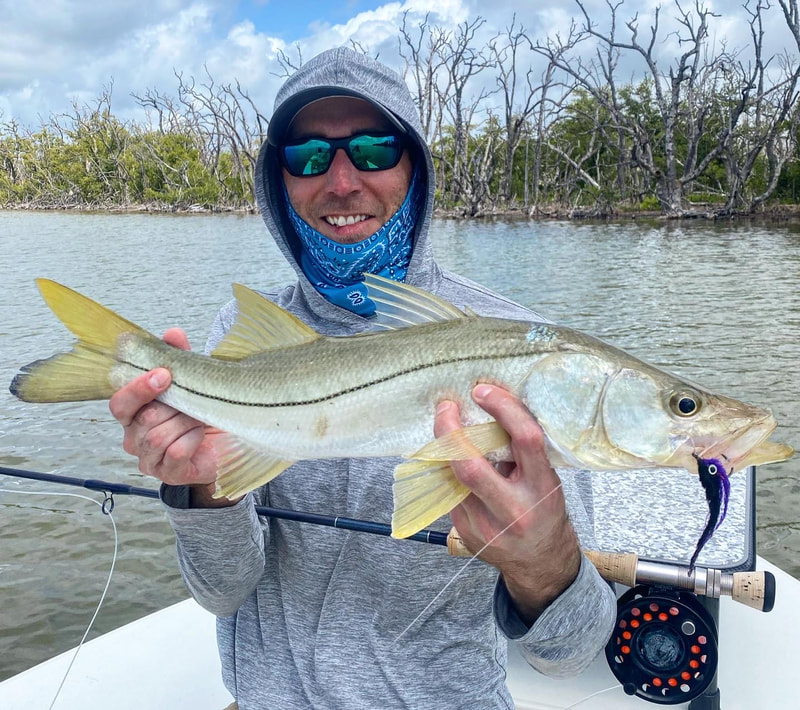
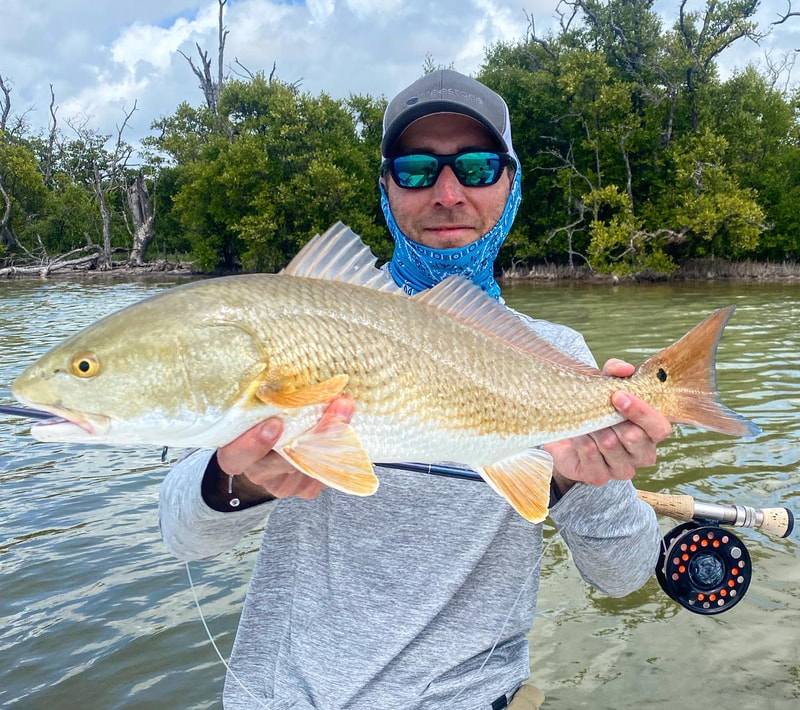
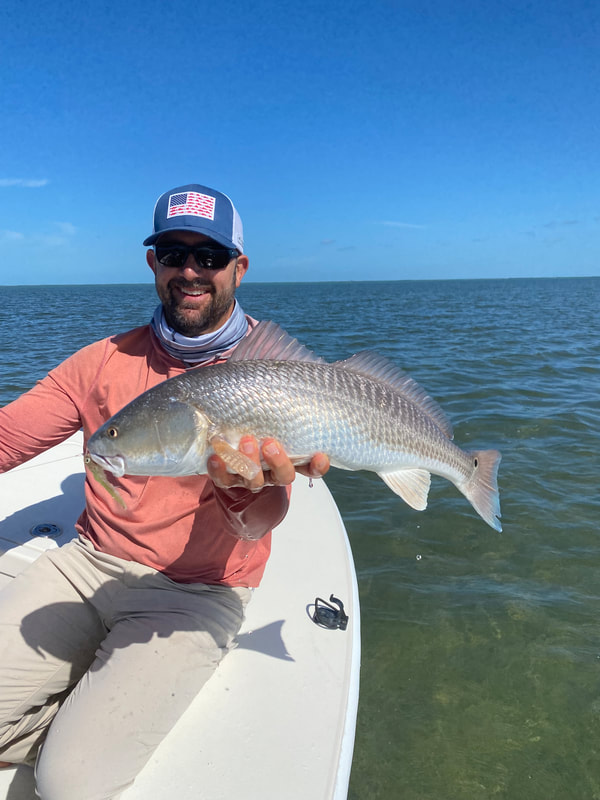
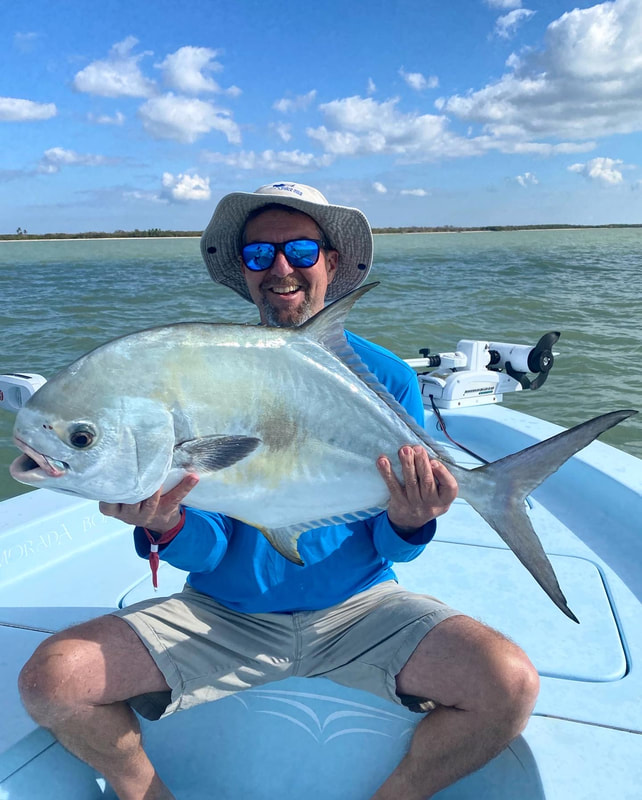
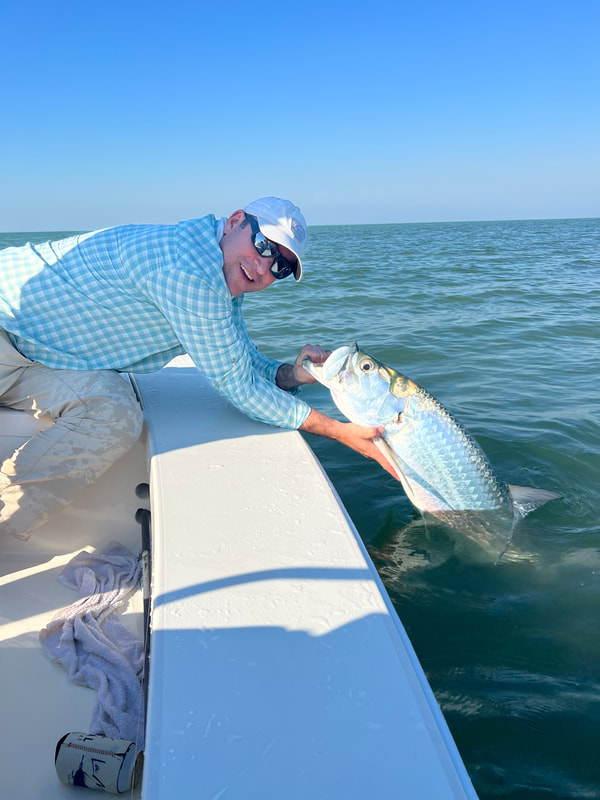
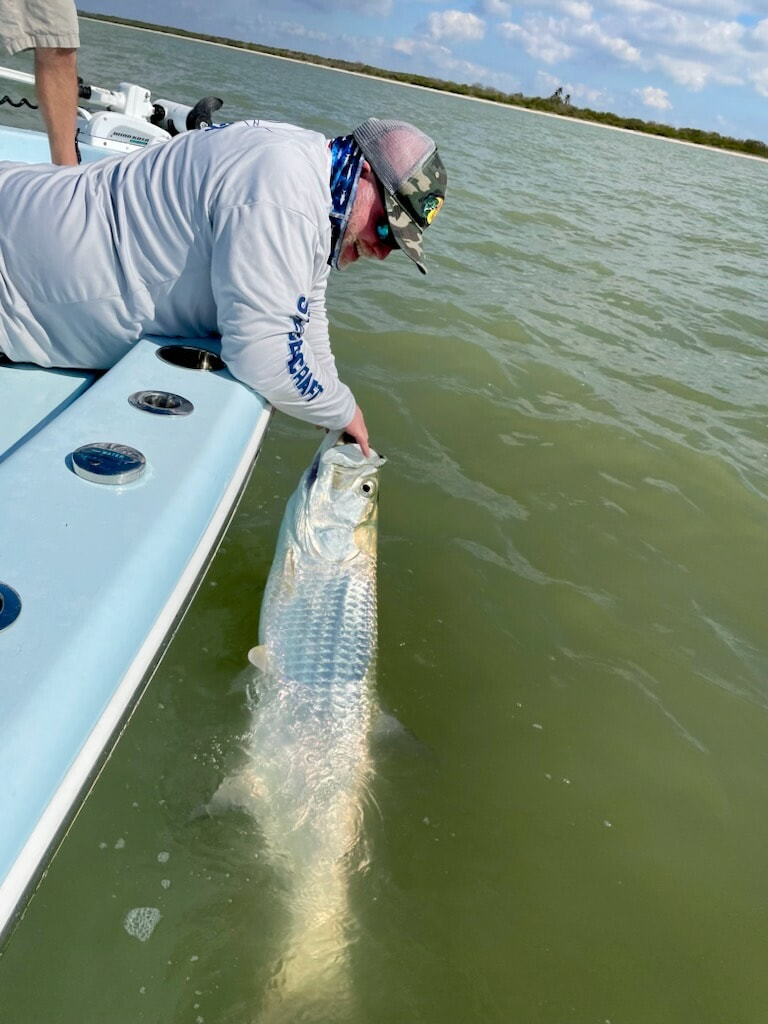


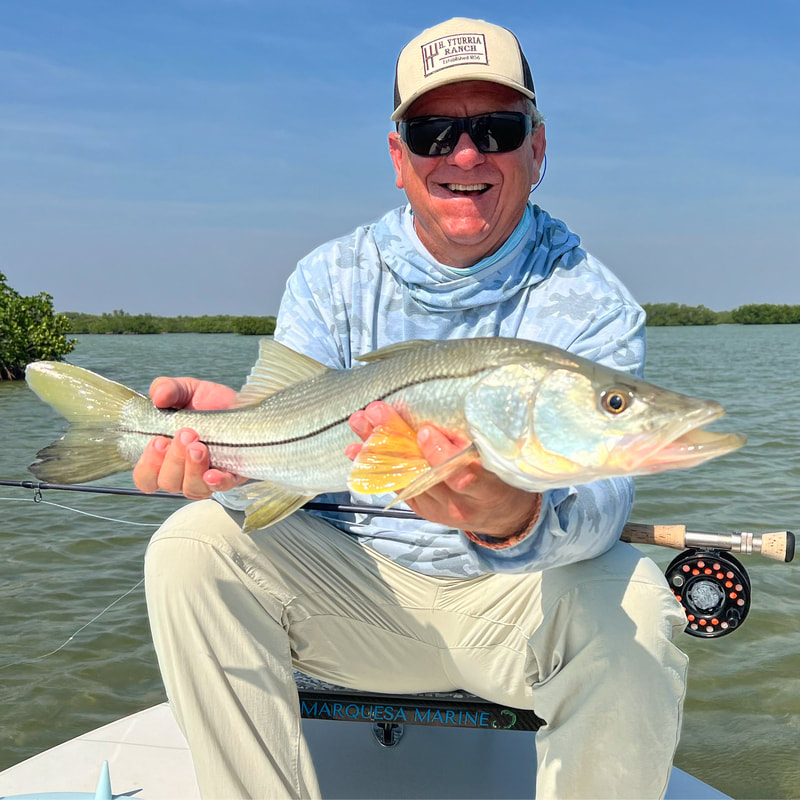
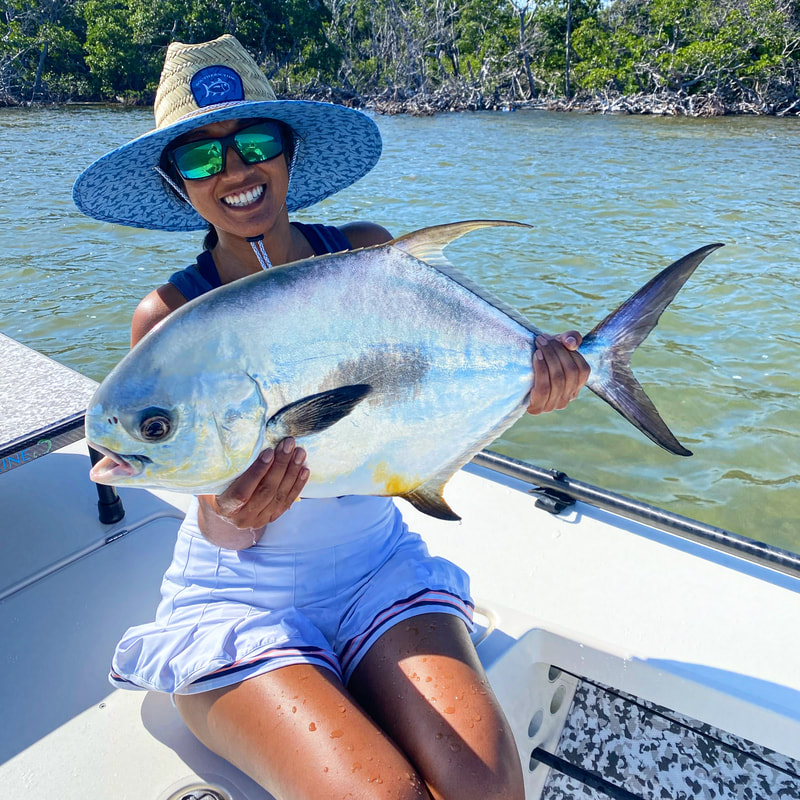

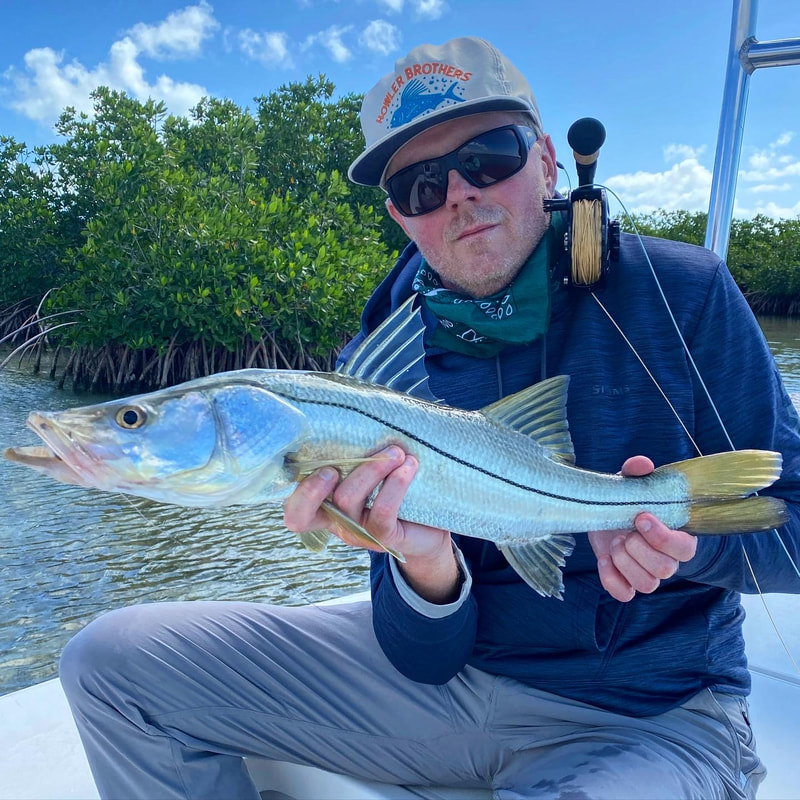
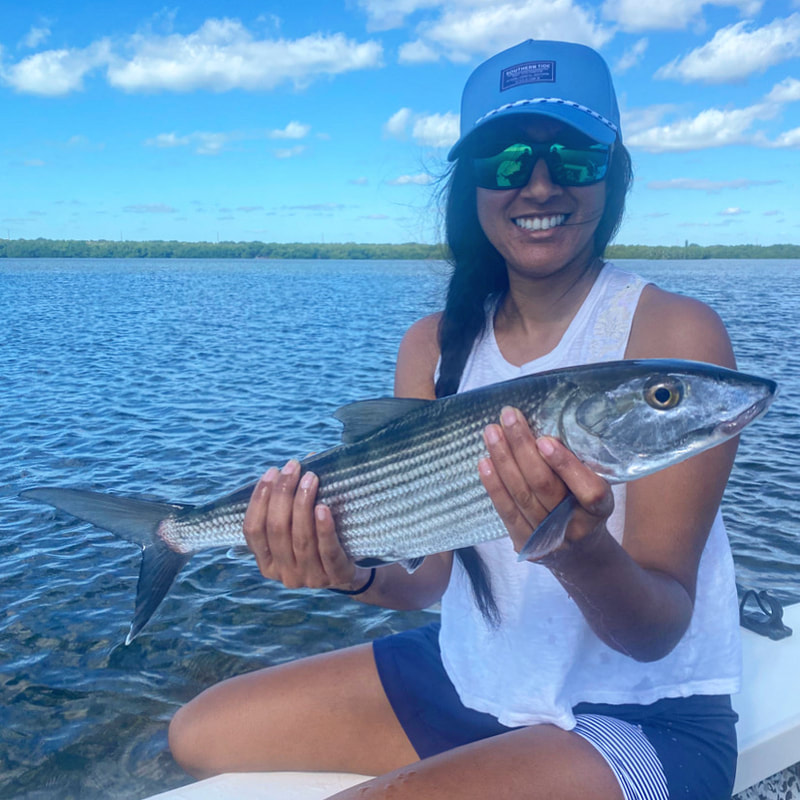

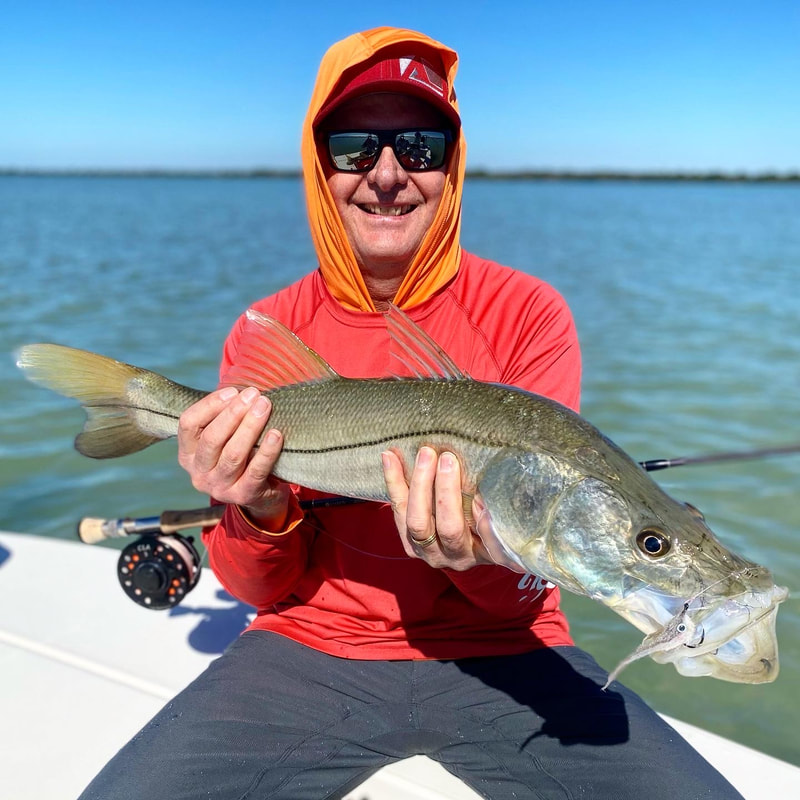
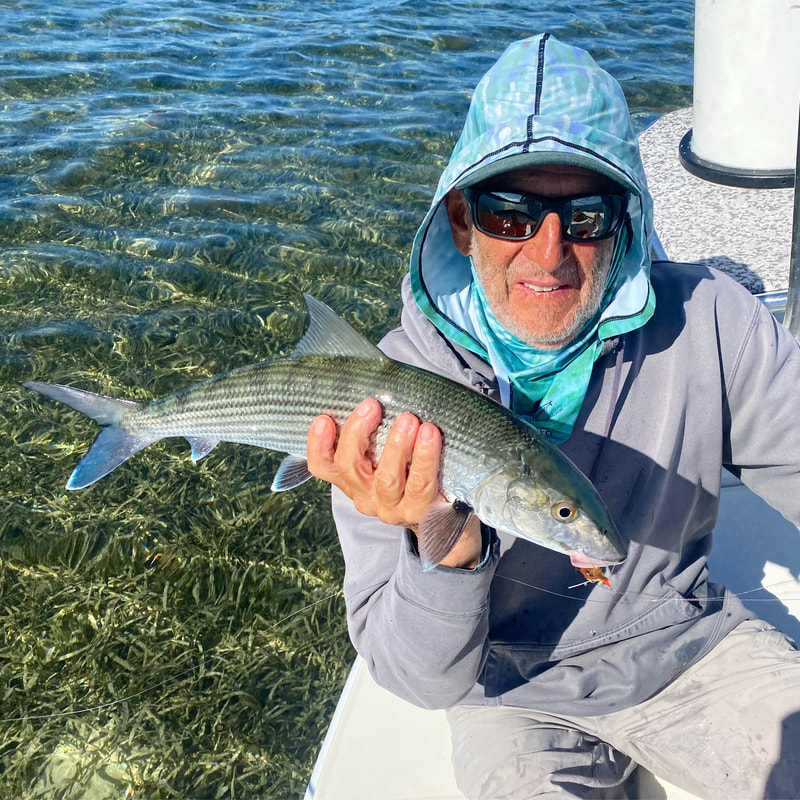
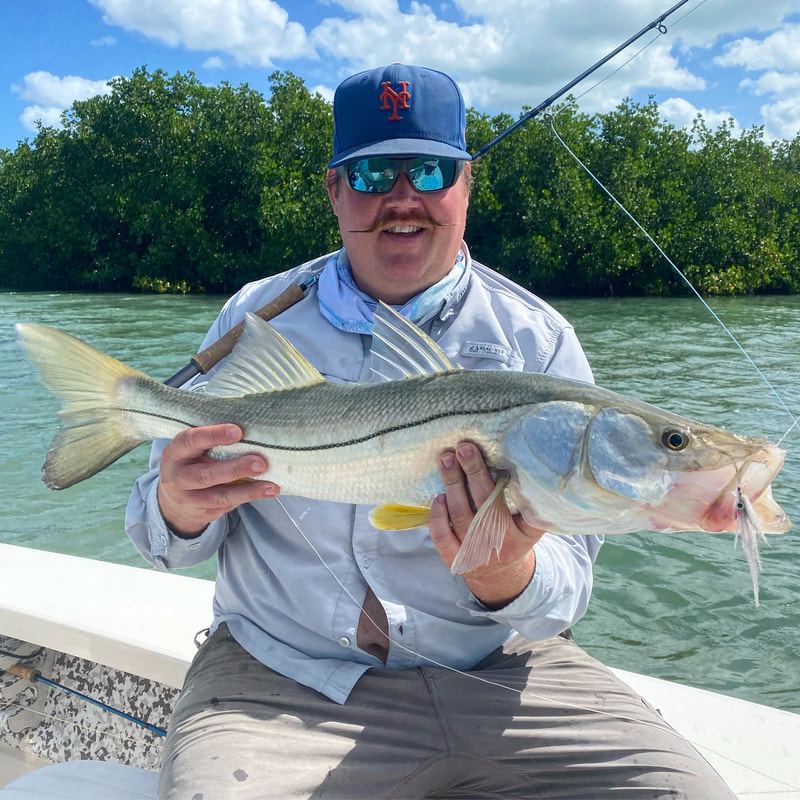
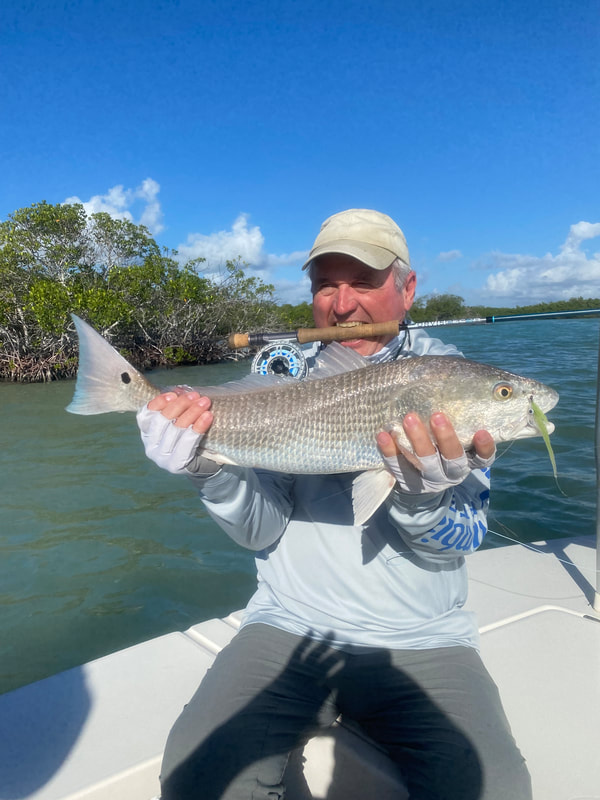
 RSS Feed
RSS Feed
